Exploring the Versatility of Dolomite Marble: Uses, Benefits, and Care for White Dolomite in Your Home

Introduction
Dolomite marble, with its soft white appearance and subtle veining, is a versatile and stylish choice for both residential and commercial spaces. Known for its durability and unique aesthetic, Dolomite marble is available in various forms, from tiles to slabs, and works beautifully in areas like bathrooms, kitchens, and backsplashes. In this guide, we’ll explore the different types of Dolomite stone, popular applications, care tips, and answer common questions about this sought-after material.
Section 1: What is Dolomite Marble?
Understanding Dolomite Stone and Its Composition
Dolomite is a natural stone composed of calcium magnesium carbonate, making it harder than traditional marble. This section covers the unique mineral composition of Dolomite, highlighting its durability and aesthetic appeal.
-
Differences Between Dolomite and Marble
Explore the subtle distinctions between Dolomite and standard marble, including variations in hardness, durability, and appearance, which make Dolomite an attractive alternative for high-traffic areas. -
Popular Types of Dolomite Marble
Cover types like Super White Dolomite and Bianco Dolomiti, explaining the color variations and subtle veining that make each type unique.
Section 2: Applications of Dolomite Marble in Interior Design
Dolomite Countertops and Backsplashes
Dolomite is a durable choice for countertops and backsplashes, with Super White Dolomite countertops providing a modern, elegant touch. Discuss why Dolomite is an excellent choice for kitchens and bathrooms.
Dolomite Marble Tiles for Bathrooms
Using Dolomite marble tiles in bathrooms creates a luxurious and relaxing space. Explore how Dolomite marble tiles work beautifully on floors, walls, and even as a bathroom countertop or backsplash.
Bianco Dolomiti for Flooring and Accent Walls
Bianco Dolomiti tiles and slabs are perfect for adding subtle elegance to large areas like floors and accent walls. This section covers installation ideas and combinations with other materials.
Section 3: Outdoor Uses of Dolomite Stone
Dolomite Gravel and Landscape Rock
From Dolomite gravel to Dolomite landscape rock, this natural stone is a popular choice for outdoor spaces. Cover the benefits of using Dolomite in landscaping, such as for pathways, garden beds, and decorative rock features.
Crushed Dolomite for Concrete and Aggregates
Dolomite is often used as an aggregate in concrete. Explain the role of crushed Dolomite in construction and its advantages over other types of aggregates.
Section 4: Comparing Dolomite to Other Natural Stones
Difference Between Dolomite and Quartz
Compare Dolomite marble with Dolomite quartz and Dolomite quartzite to help readers understand the best applications for each stone type.
Super White Stone vs. Dolomite Marble
Detail the similarities and differences between Super White Dolomite and other super white stones to guide readers in selecting the right stone for their projects.
Section 5: Maintenance and Care Tips for Dolomite Marble
Cleaning and Sealing Dolomite Marble
Discuss the importance of sealing Dolomite surfaces to protect them from staining and water damage, especially in bathrooms and kitchens.
-
Best Practices for Cleaning White Dolomite Marble
Provide guidance on cleaning products and methods that are safe for Dolomite, including the use of pH-neutral cleaners and avoiding acidic substances.
Preventing Scratches and Etching on Dolomite Surfaces
Due to its composition, Dolomite is harder than traditional marble but still needs careful maintenance to avoid scratches. Share tips for protecting Dolomite countertops and bathroom surfaces.
Section 6: Frequently Asked Questions
-
What makes Dolomite marble unique compared to traditional marble?
- Dolomite is harder than regular marble, making it more suitable for high-traffic areas while offering a similar look.
-
Is Dolomite suitable for bathroom installations?
- Yes, Dolomite is ideal for bathrooms due to its durability, making it a popular choice for tiles, countertops, and backsplashes.
-
How does Super White Dolomite differ from Bianco Dolomiti?
- Super White Dolomite has a cooler, more dramatic appearance, while Bianco Dolomiti offers a soft, consistent white background.
-
Can Dolomite marble be used outdoors?
- Yes, Dolomite can be used in outdoor applications, including gravel, landscape rock, and even crushed aggregate for concrete.
-
What’s the best way to clean Dolomite marble tiles?
- Use a pH-neutral cleaner and avoid acidic or abrasive products to maintain the stone’s natural beauty.
-
How often should Dolomite countertops be sealed?
- It’s recommended to seal Dolomite countertops every 6-12 months to protect against stains and etching.
-
What is the cost of Dolomite marble compared to other stones?
- Dolomite is generally more affordable than some high-end marbles, making it a budget-friendly luxury option.
-
Can Dolomite be polished for a high-gloss finish?
- Yes, Dolomite can be polished for a high-gloss finish, though this may require more frequent maintenance.
-
Is Dolomite scratch-resistant?
- While harder than traditional marble, Dolomite can still scratch, so avoid sharp objects directly on the surface.
-
How do I prevent etching on Dolomite marble in the kitchen?
- Promptly clean spills, especially acidic ones, and consider using coasters and trivets.
-
Does Dolomite require special care in the bathroom?
- Regular sealing and careful cleaning are essential to prevent water spots and stains.
-
What’s the difference between Dolomite and quartz countertops?
- Quartz is a man-made stone, while Dolomite is natural. Quartz is more stain-resistant, but Dolomite offers a unique natural beauty.
-
Can Dolomite be used as a fireplace surround?
- Yes, Dolomite is heat-resistant, making it a suitable choice for fireplace surrounds.
-
How do I remove water spots from Dolomite marble?
- Use a soft cloth and a pH-neutral cleaner, and dry the surface immediately to prevent water spots.
-
Is Dolomite an eco-friendly option for interior design?
- Yes, as a natural stone, Dolomite is environmentally friendly and requires minimal processing.
-
What grout color works best with white Dolomite tiles?
- Light grey or white grout complements Dolomite’s subtle veining.
-
Is Dolomite good for high-traffic areas like entryways?
- Yes, due to its hardness, Dolomite is suitable for floors in high-traffic areas.
-
How do Dolomite chippings enhance landscaping?
- Dolomite chippings add texture and a natural look to garden paths, rock beds, and driveways.
-
Can Dolomite be paired with other stones?
- Yes, Dolomite pairs well with other natural stones in both indoor and outdoor designs.
-
What’s the difference between Dolomite marble and Dolomite quartzite?
- Dolomite marble is softer and used primarily indoors, while Dolomite quartzite is harder and suitable for various indoor and outdoor applications.
Conclusion
Dolomite marble, with its natural beauty and durability, is an ideal choice for a range of interior and exterior applications. From bathrooms and kitchens to outdoor landscaping, Dolomite’s versatility makes it a timeless addition to any home. By choosing the right type and following proper care practices, you can enjoy the elegance of Dolomite marble for years to come.

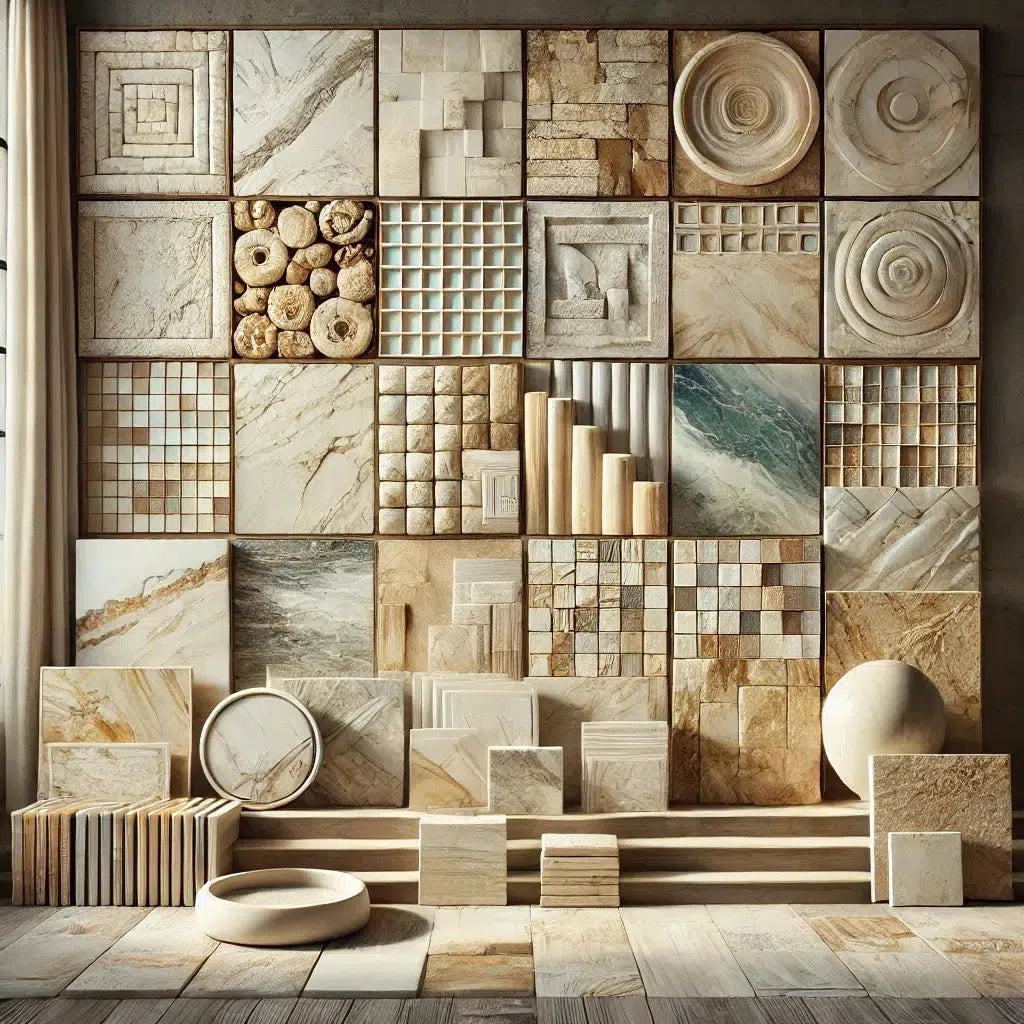 Best Selling Marble Collections
Best Selling Marble Collections
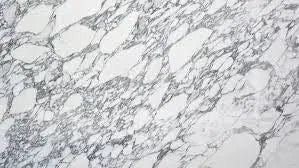 Arabescato Corchia
Arabescato Corchia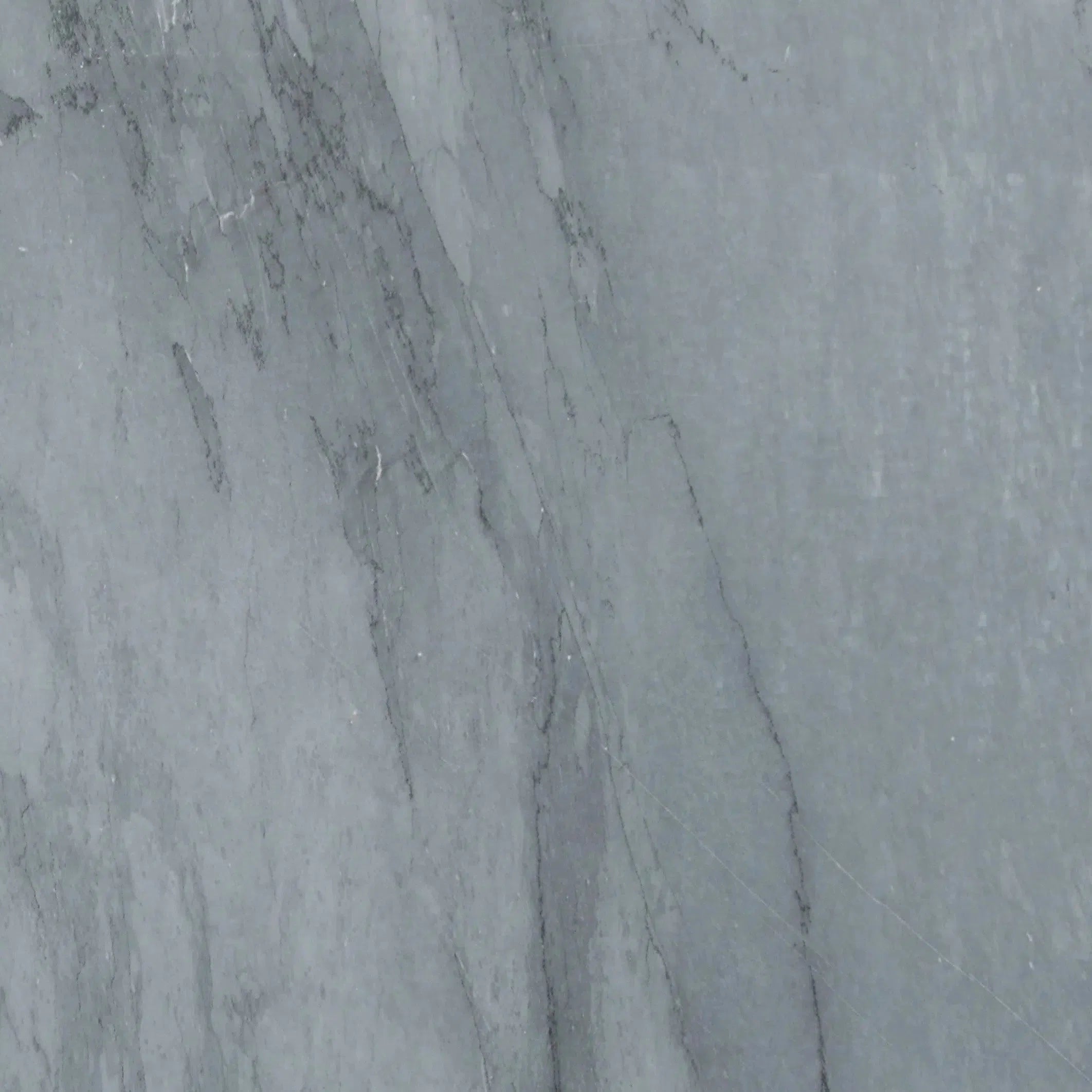 Bardiglio
Bardiglio Bianco Dolomite
Bianco Dolomite  Carrara White
Carrara White 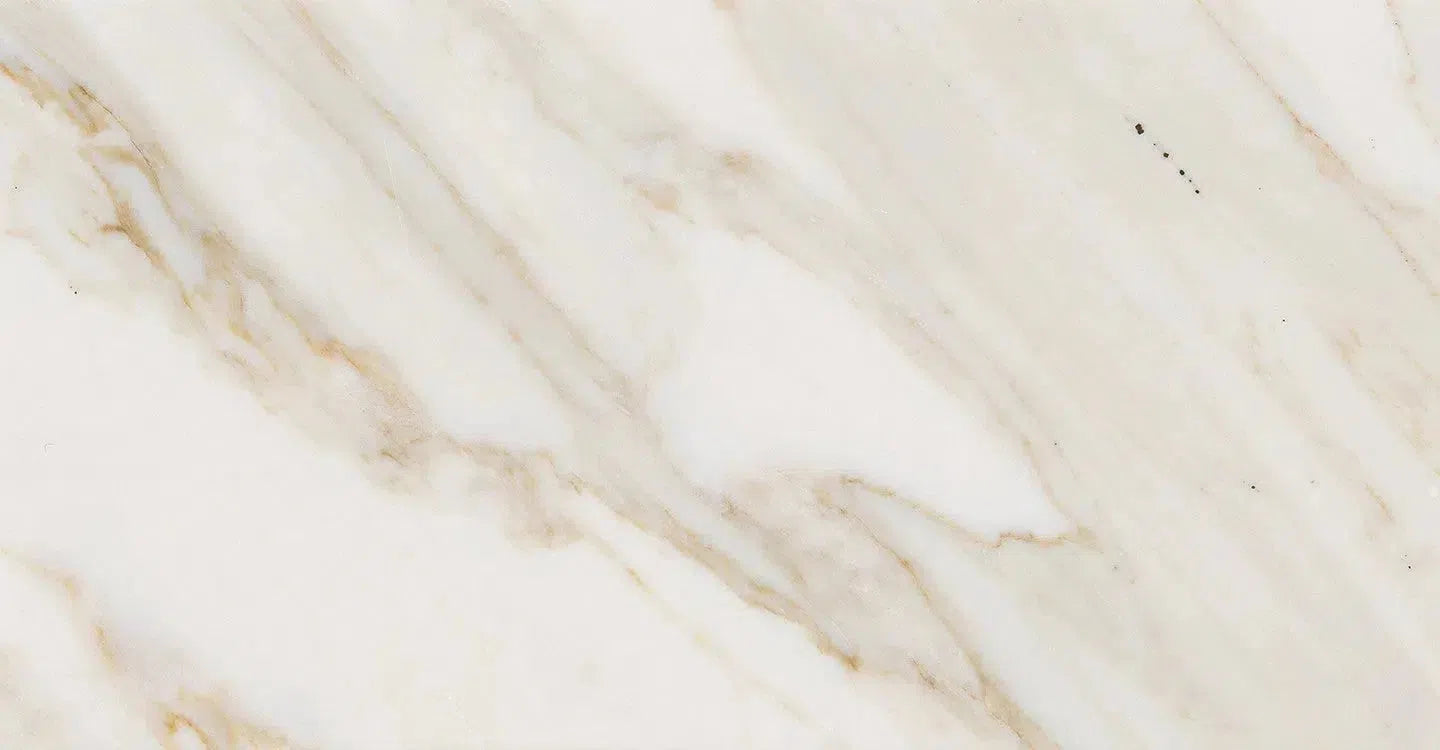 Calacatta Gold
Calacatta Gold Crema Marfil
Crema Marfil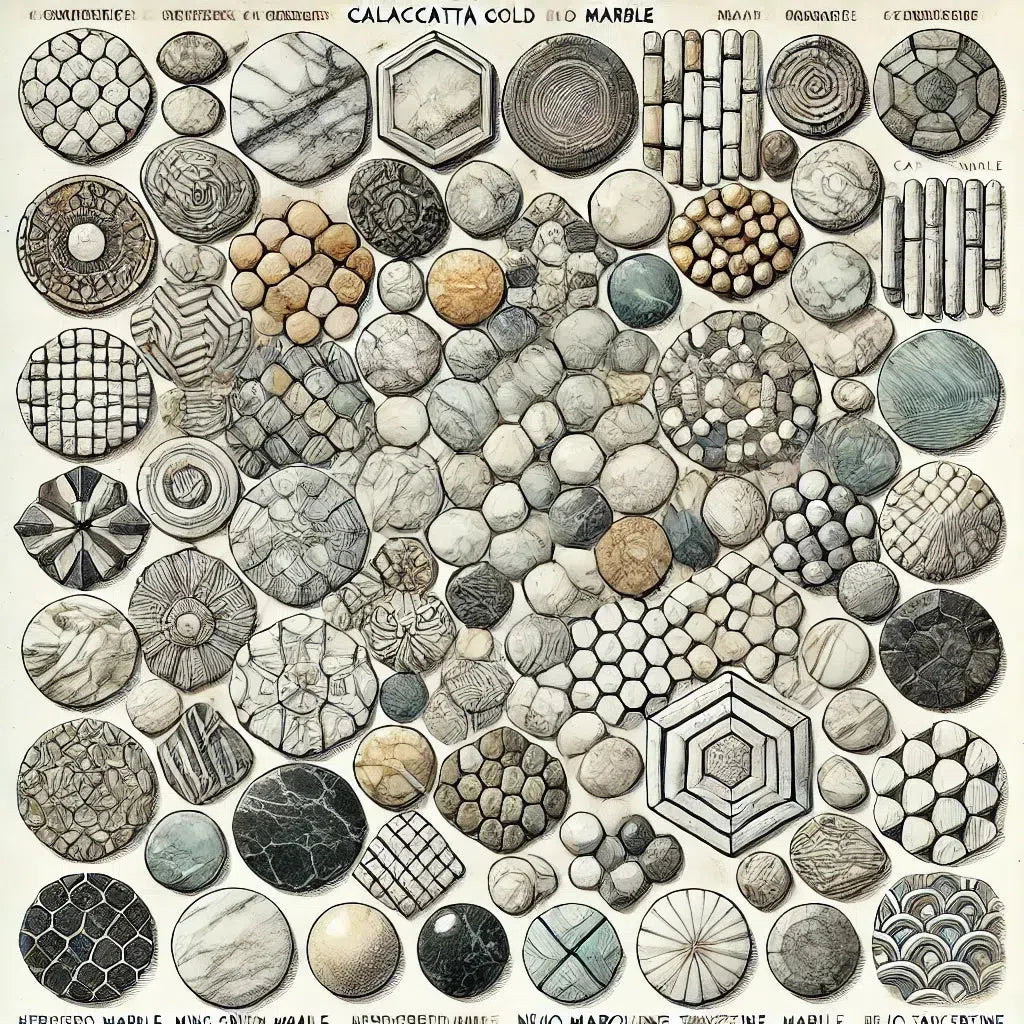 Custom Made Mosaic
Custom Made Mosaic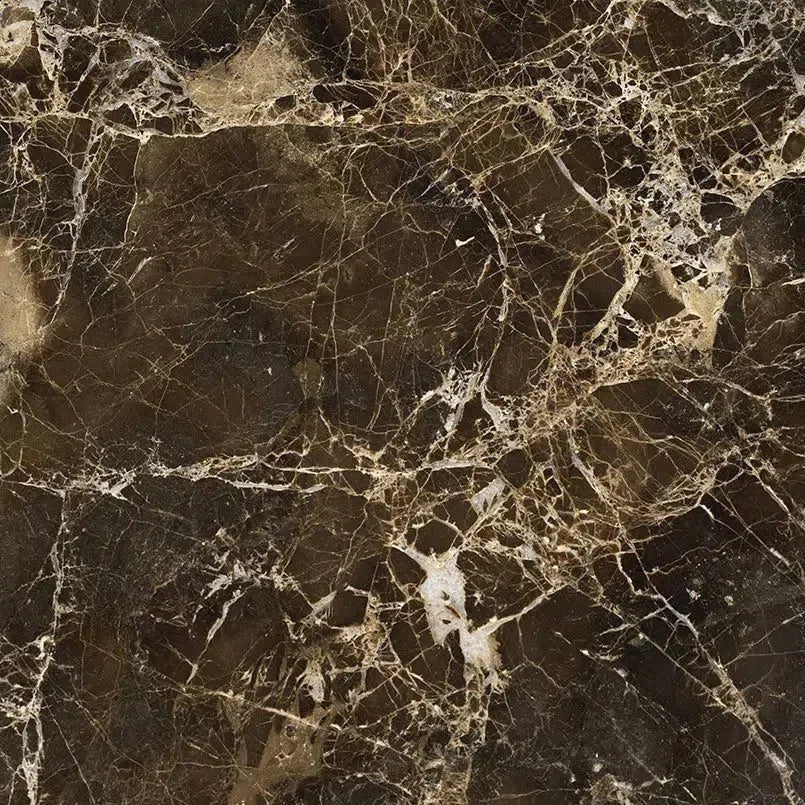 Emperador Dark
Emperador Dark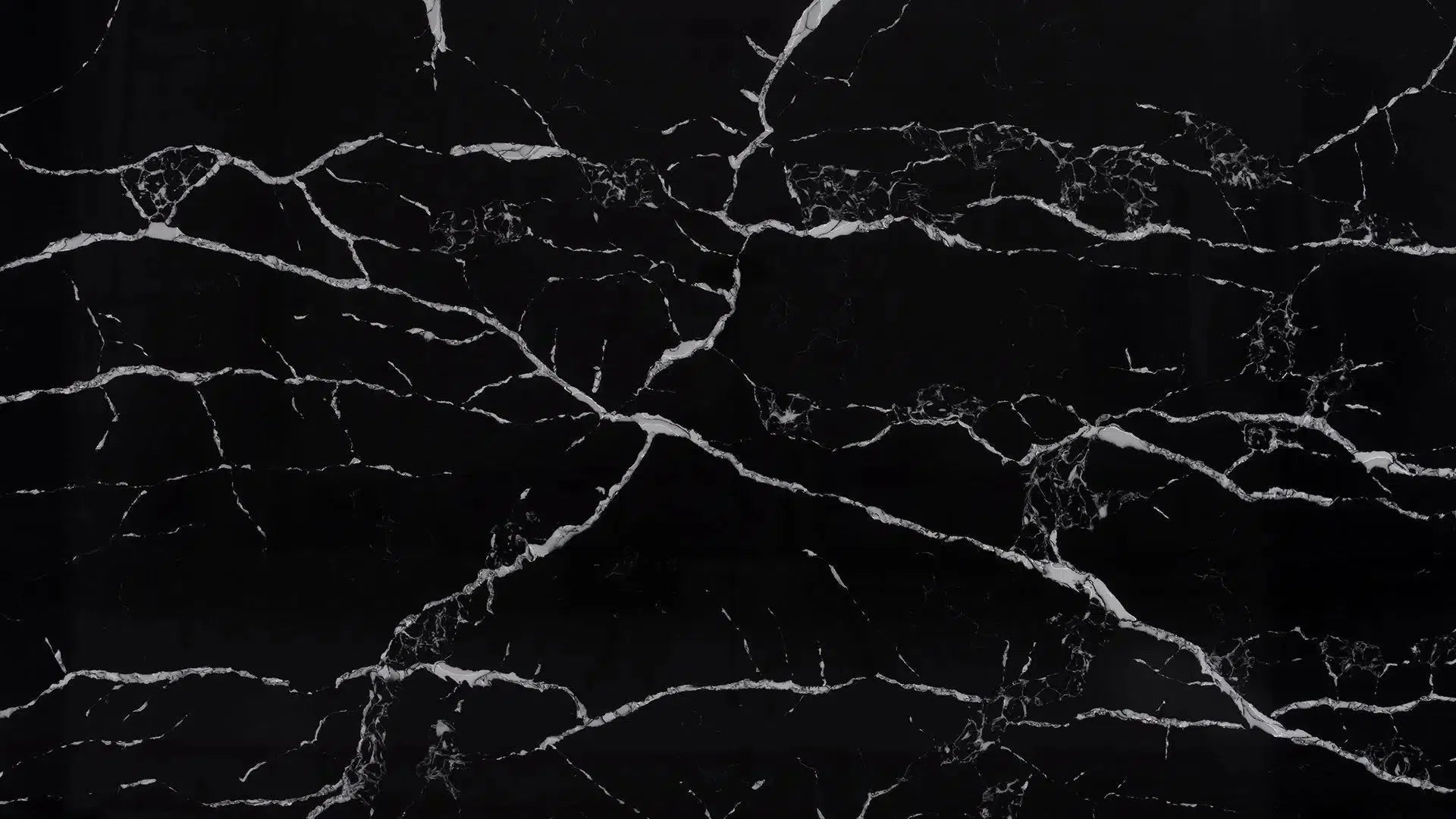 Nero Marquina
Nero Marquina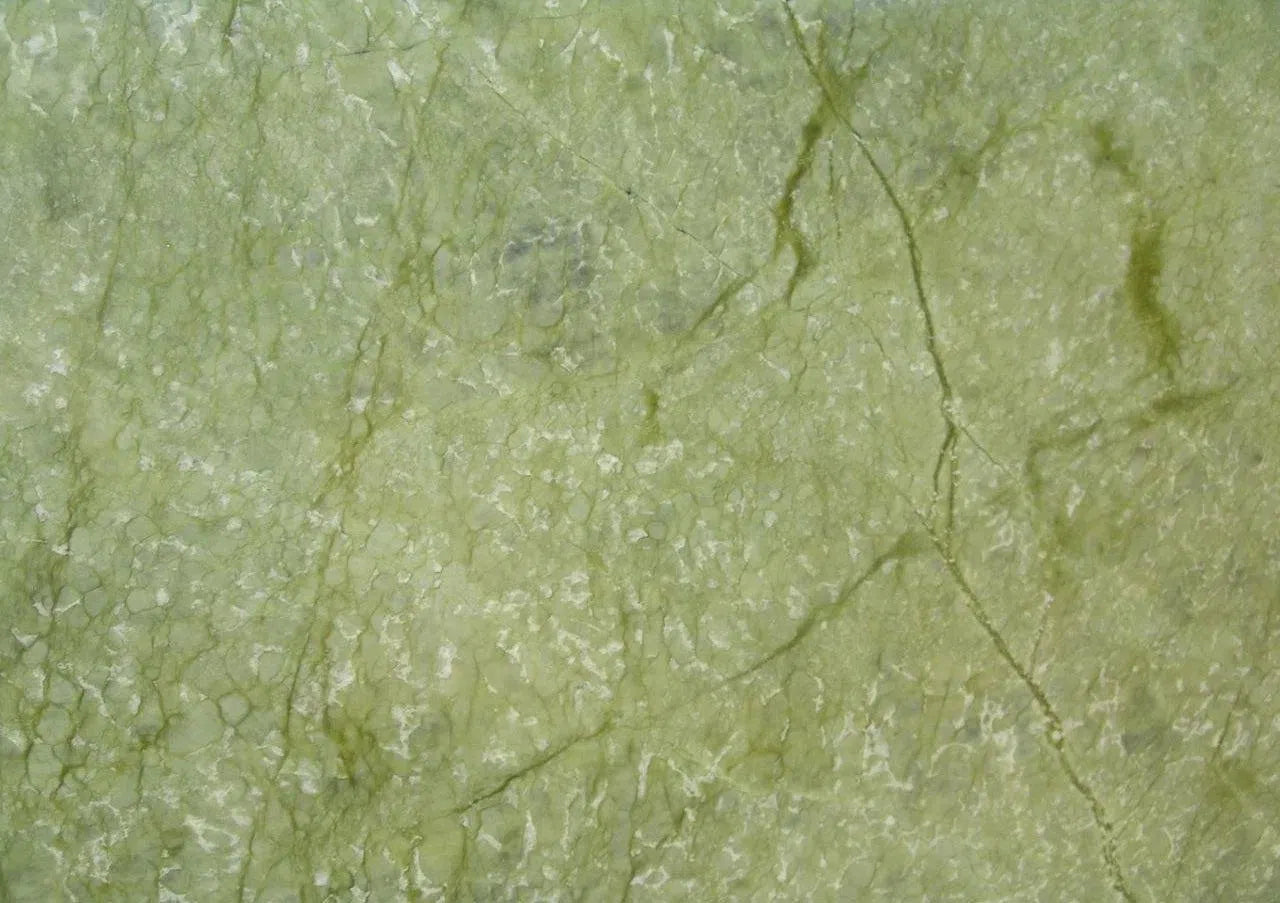 Ming Green Marble
Ming Green Marble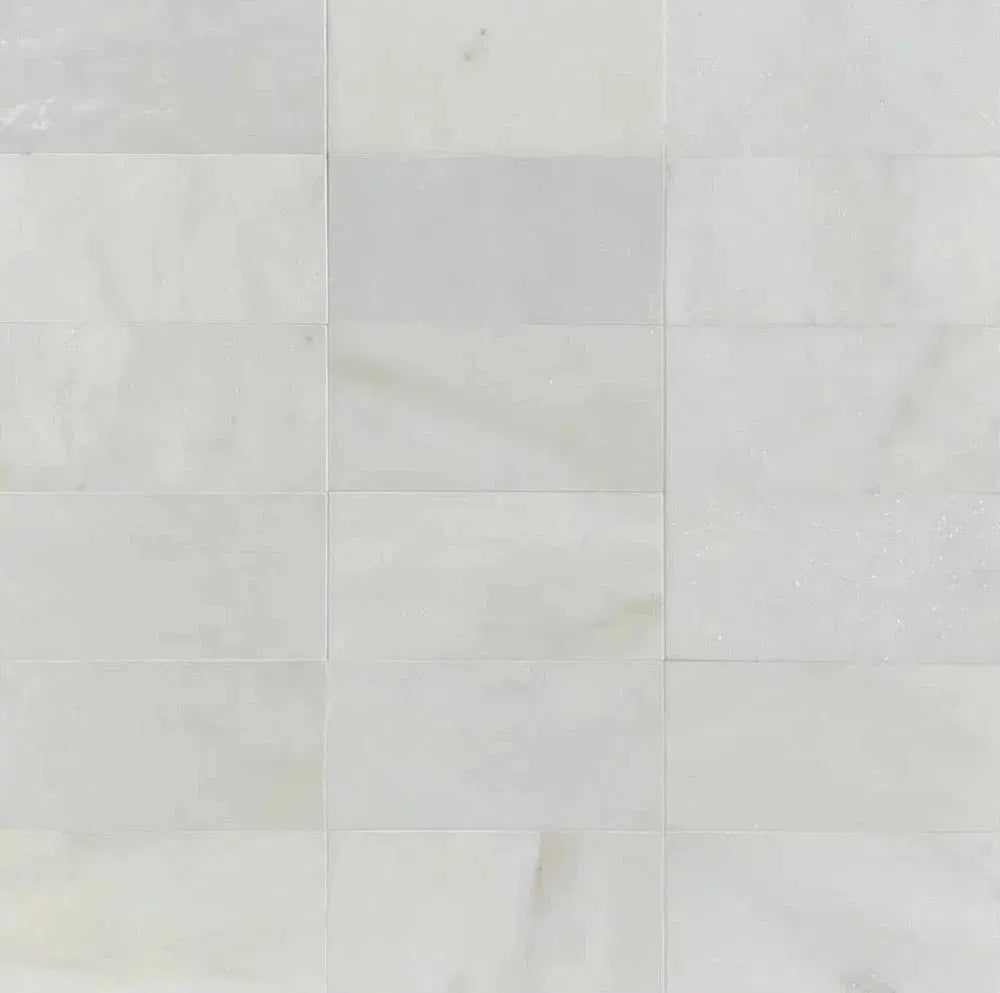 Oriental White Marble (Asian Statuary Marble)
Oriental White Marble (Asian Statuary Marble)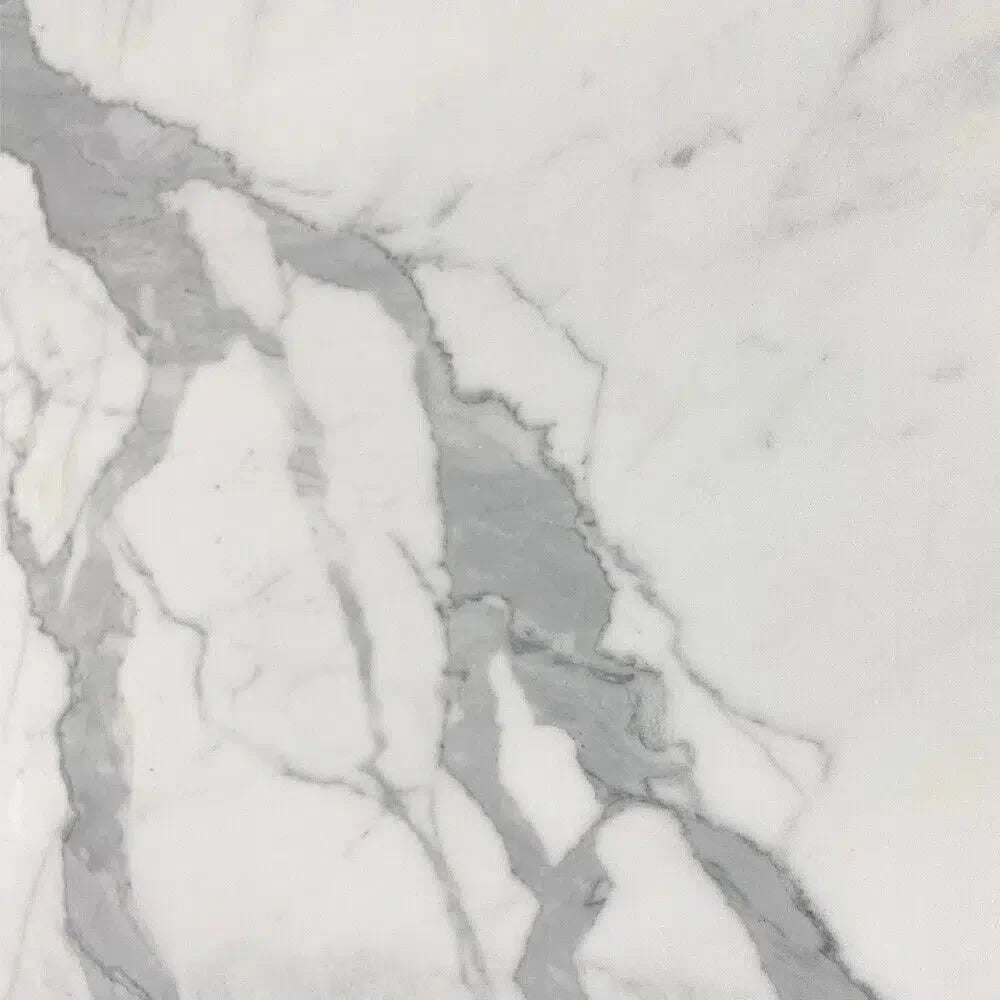 Statuary - Statuario White (Italian) Marble
Statuary - Statuario White (Italian) Marble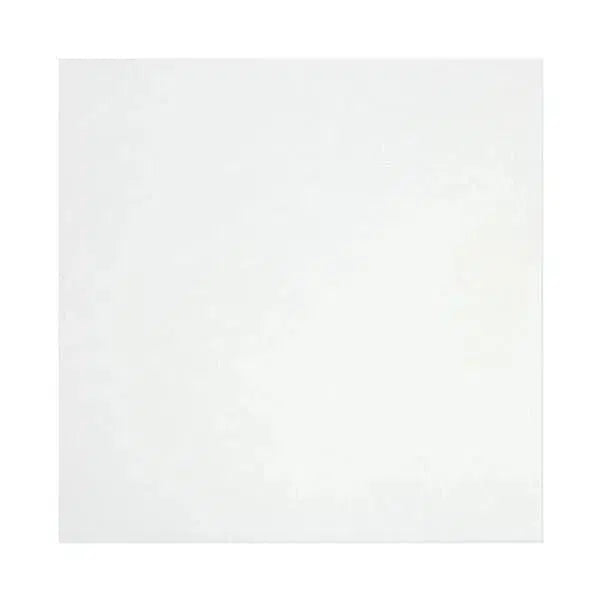 Thassos White
Thassos White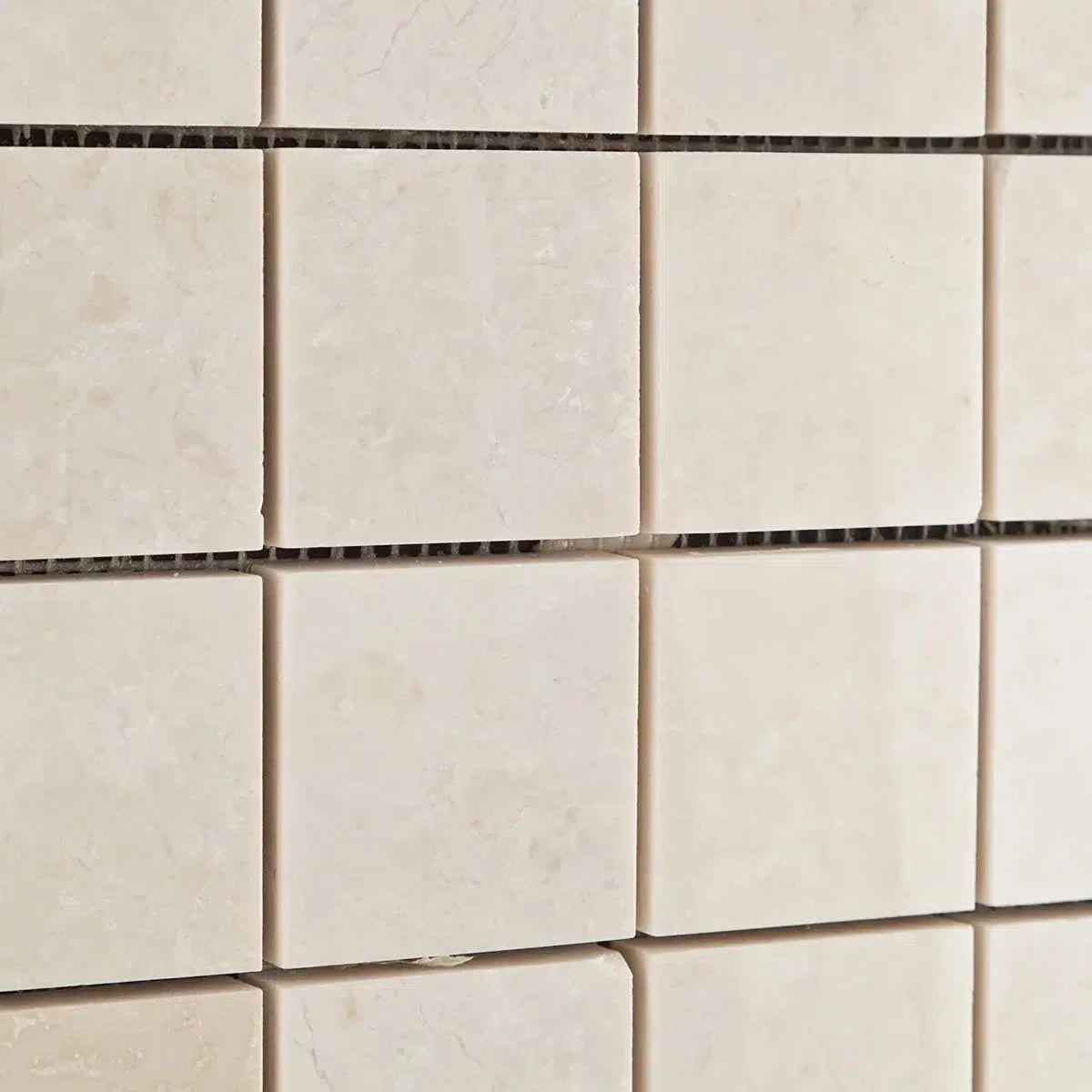 White Pearl/Botticino Beige Marble
White Pearl/Botticino Beige Marble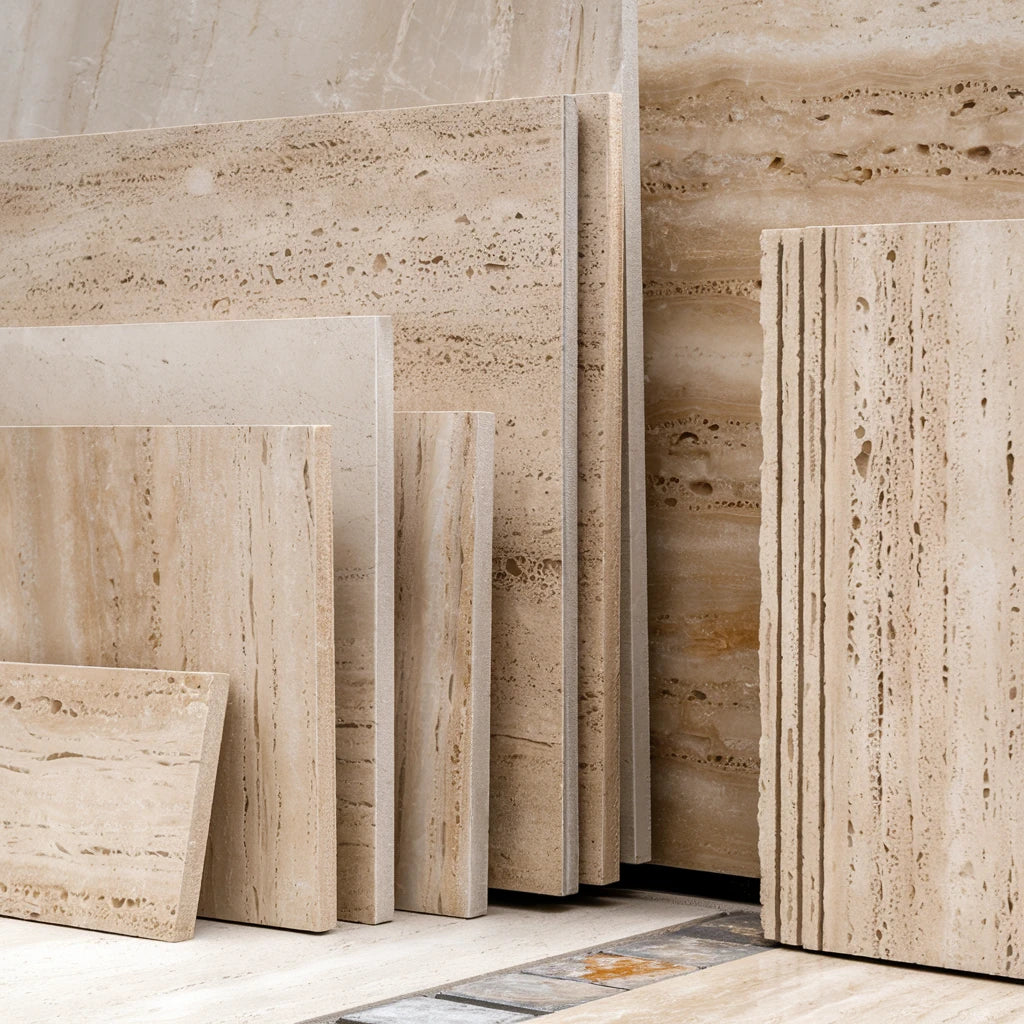 Best Selling Travertine Collections
Best Selling Travertine Collections
 Ivory Travertine
Ivory Travertine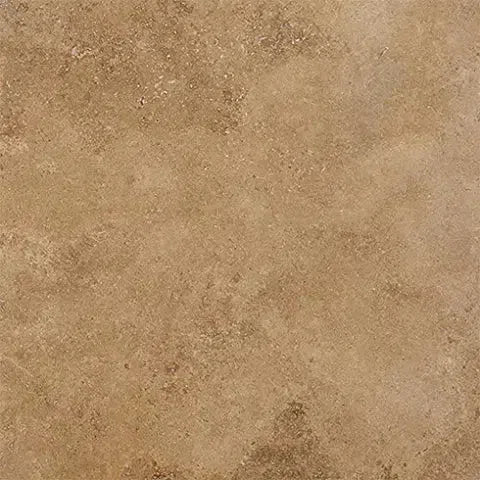 Noce Travertine
Noce Travertine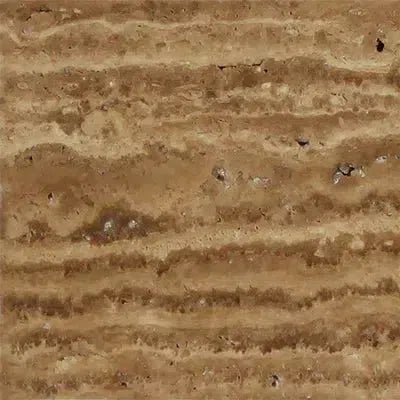 Exotic Noce Travertine
Exotic Noce Travertine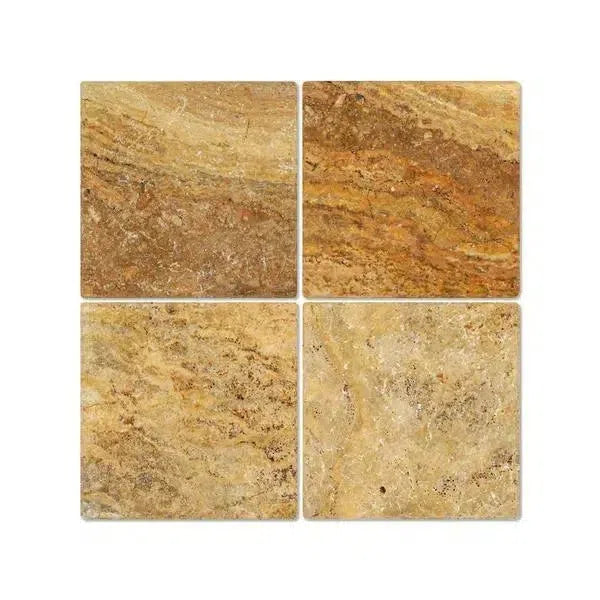 Scabos | Autumn Leaves Travertine
Scabos | Autumn Leaves Travertine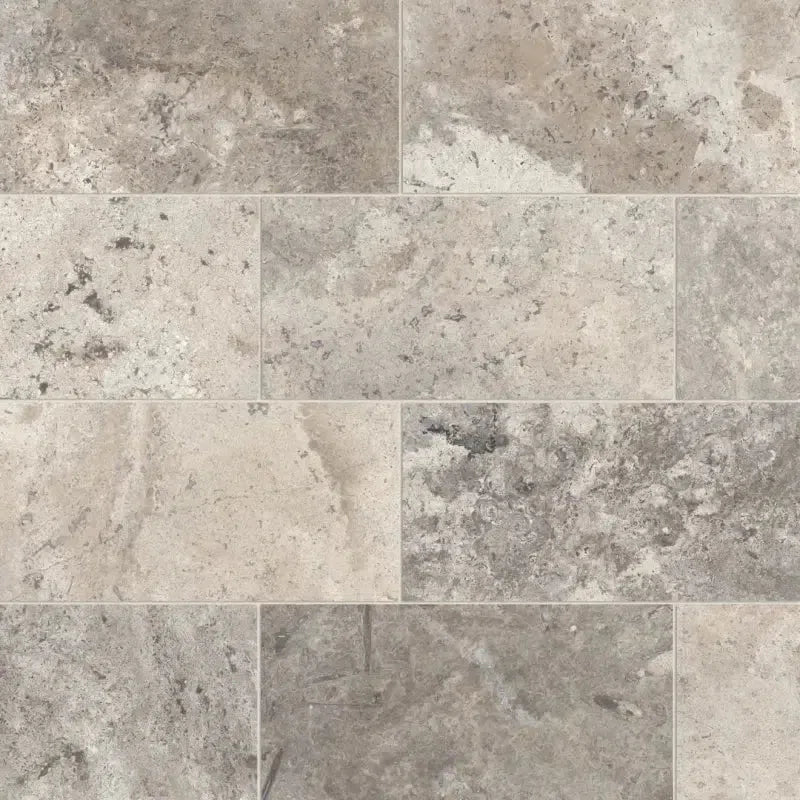 Silver Travertine
Silver Travertine Exotic Travertine
Exotic Travertine Checkerboard
Checkerboard
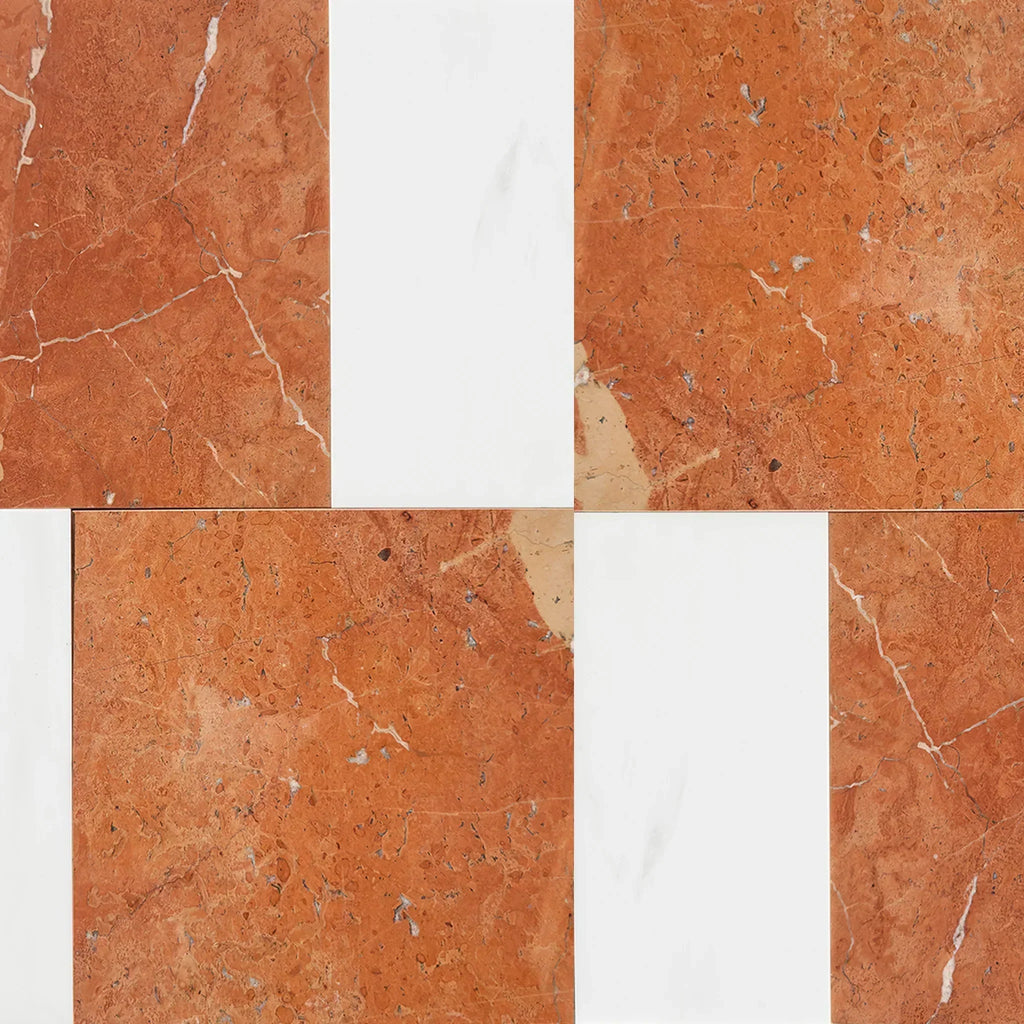 Patterned Tile
Patterned Tile
 Shop By Material
Shop By Material
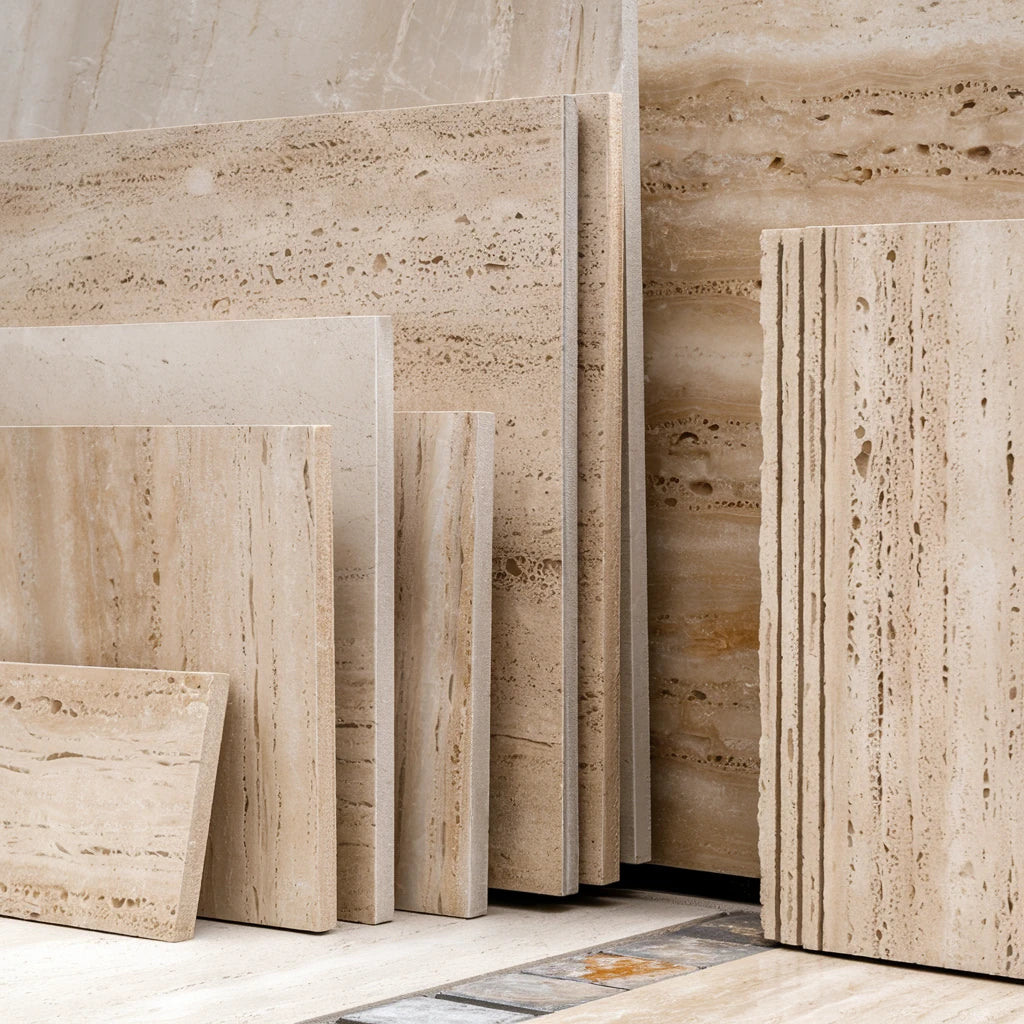 Travertine
Travertine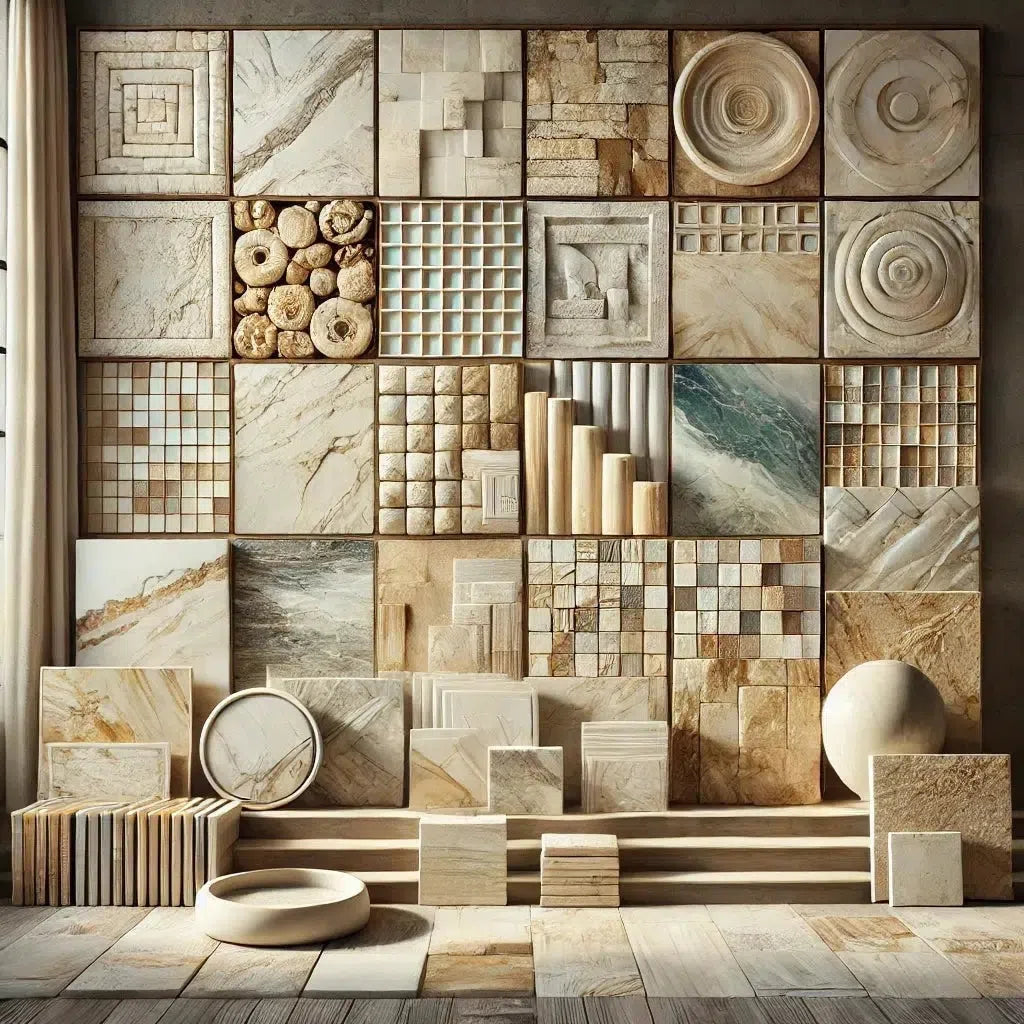 Marble
Marble Limestone
Limestone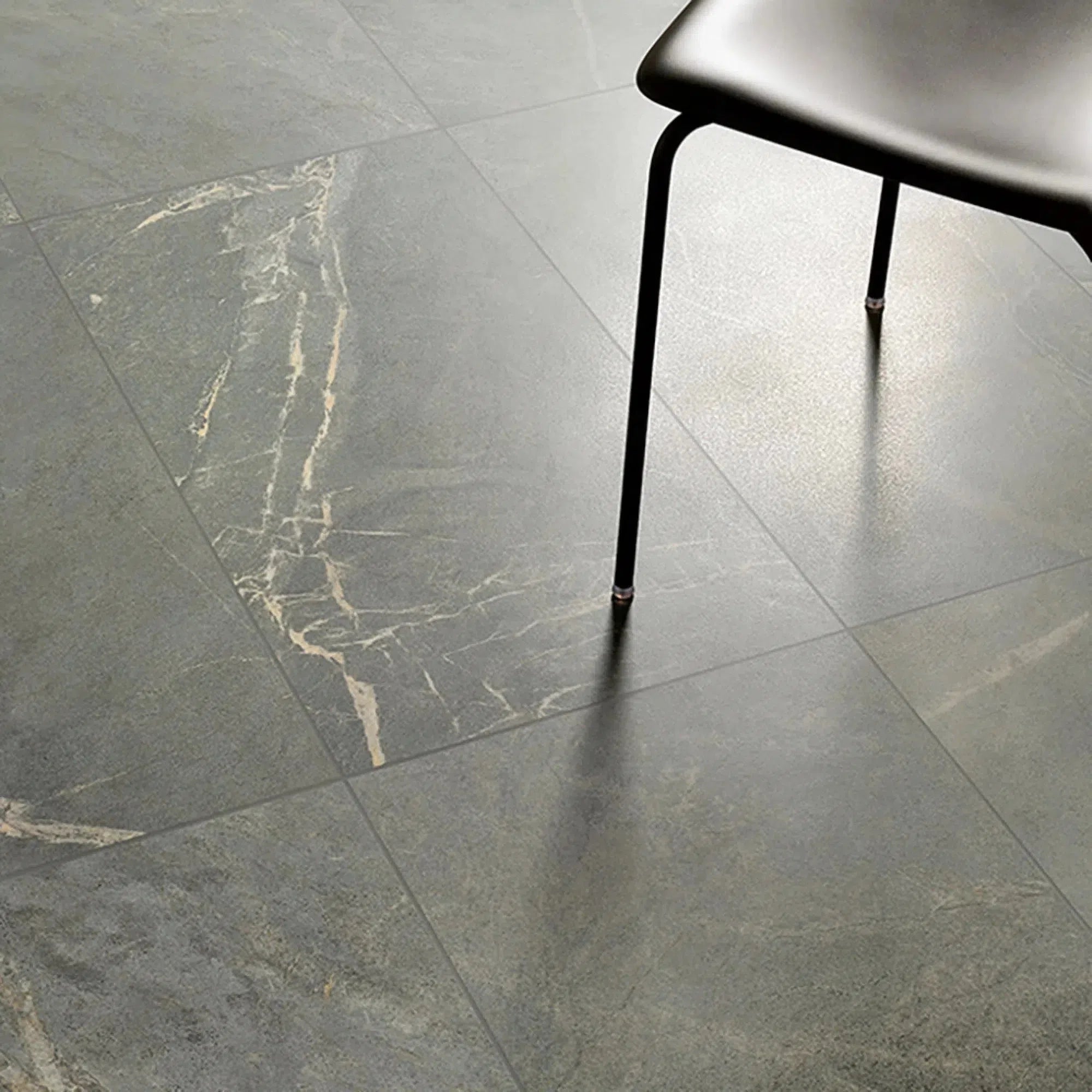 Soap Stone
Soap Stone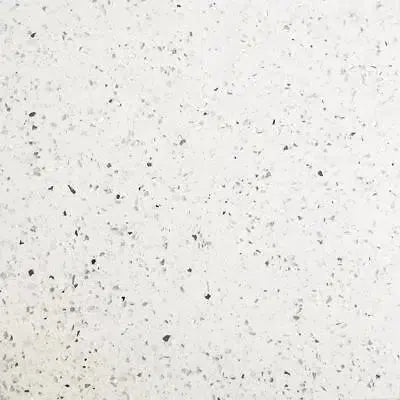 Quartz
Quartz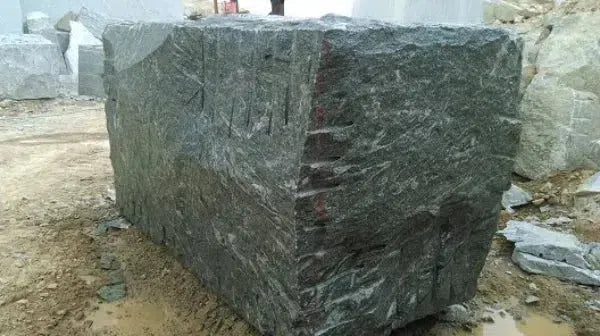 Granite
Granite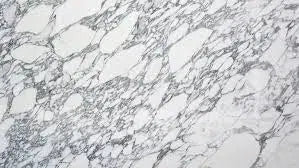 Shop By Name
Shop By Name
 Absolute Black Granite
Absolute Black Granite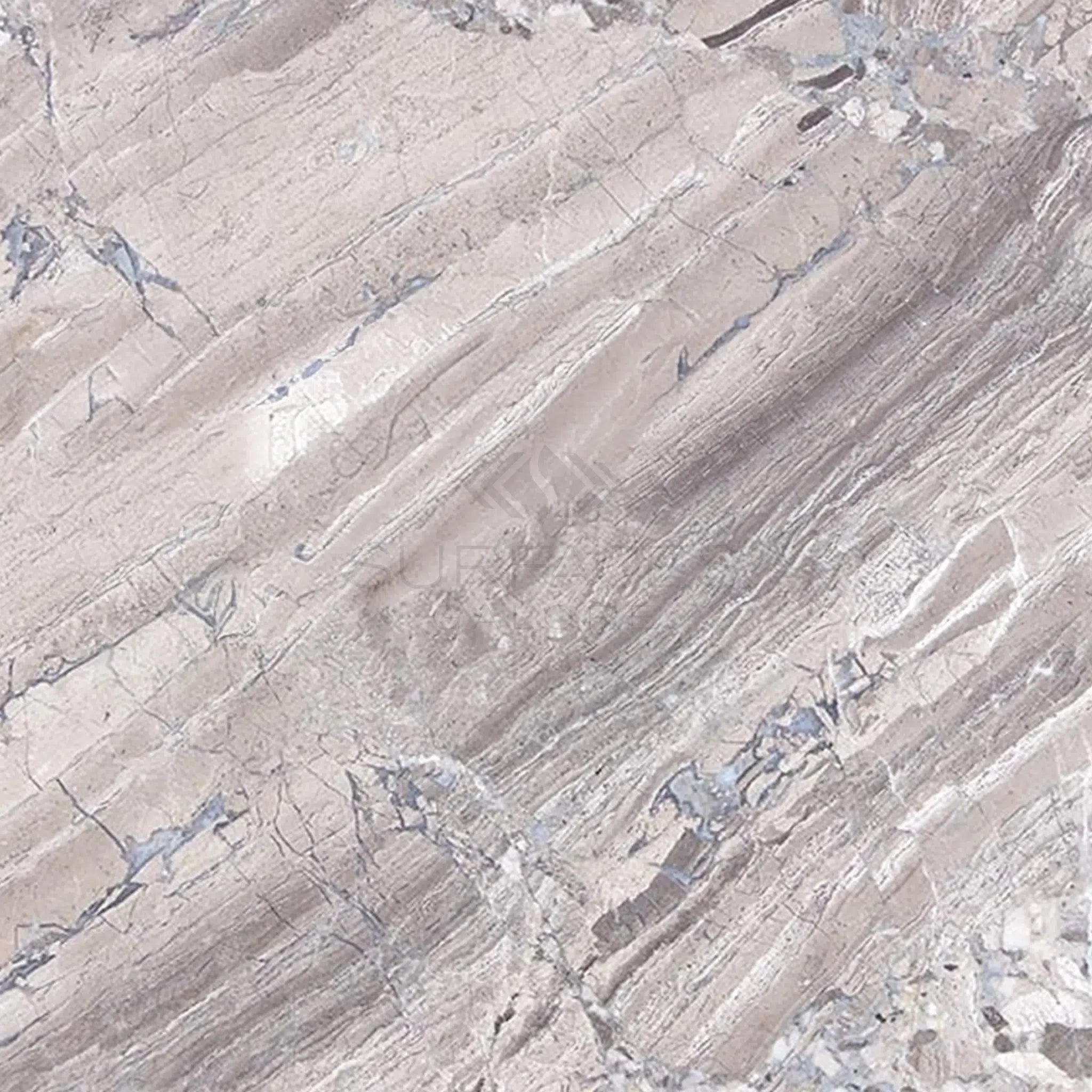 Atlantic Gray Marble
Atlantic Gray Marble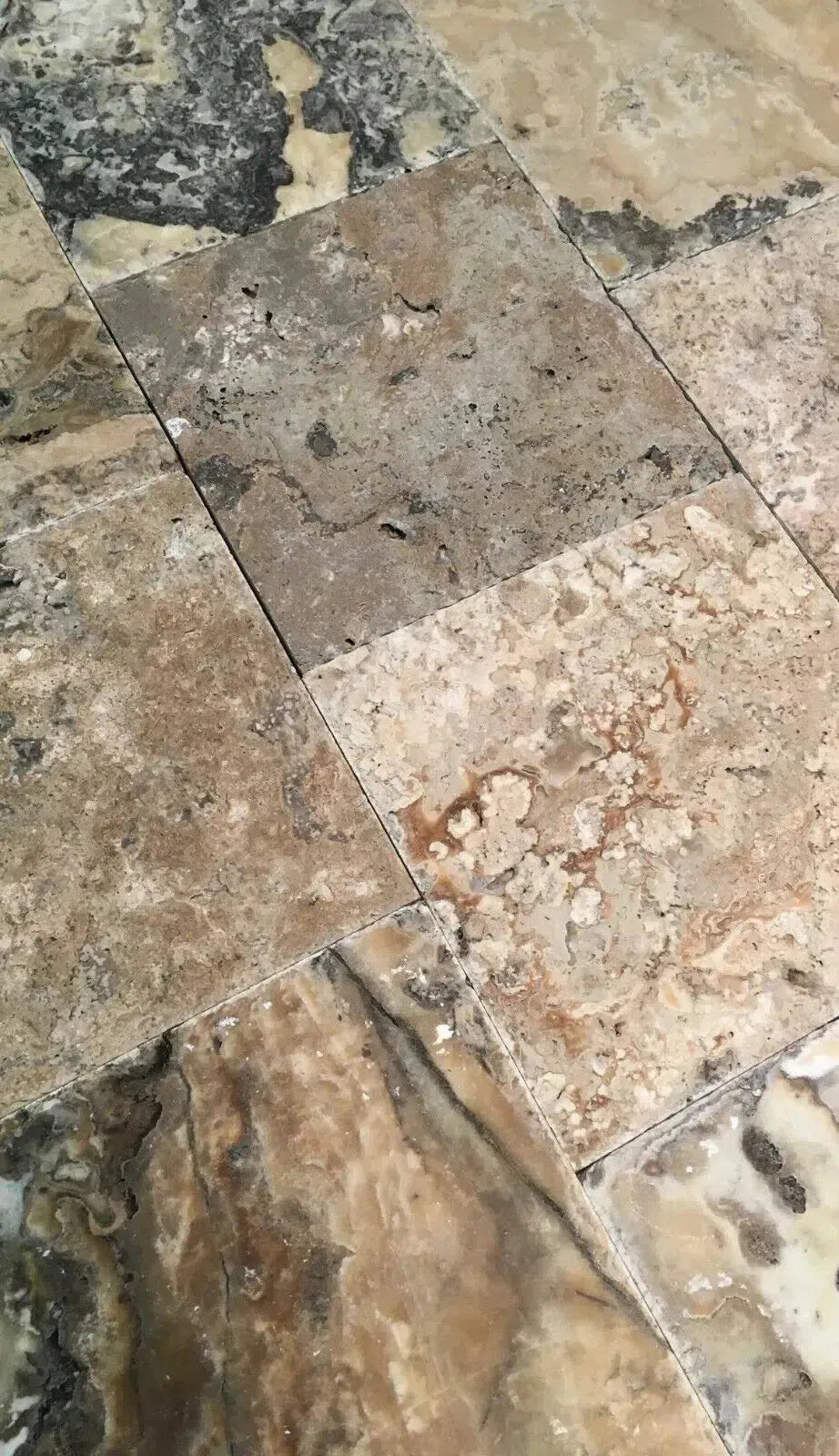 Antico Onyx Travertine
Antico Onyx Travertine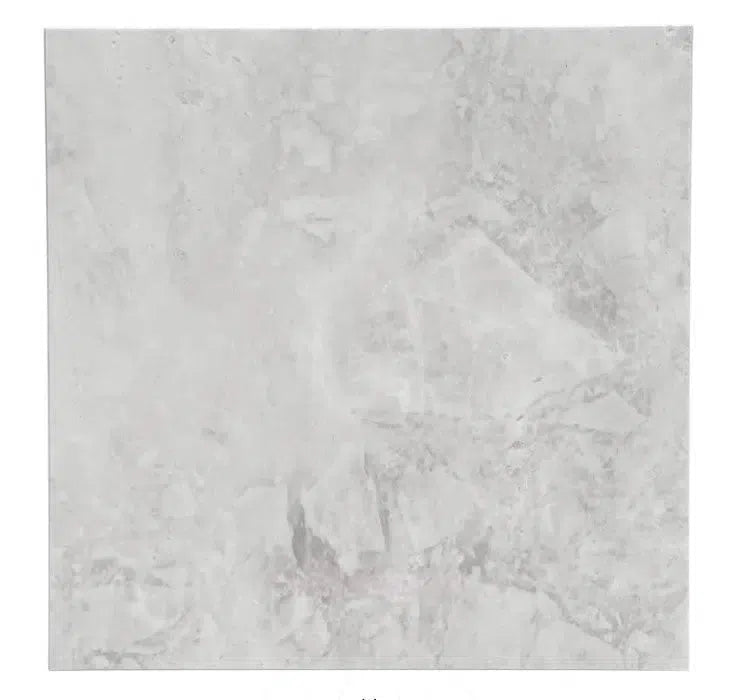 Bianco Congelato Dolomite
Bianco Congelato Dolomite Bianco Venatino (Bianco Mare) Marble
Bianco Venatino (Bianco Mare) Marble Burgundy Mocha Marble
Burgundy Mocha Marble Calacatta Verde Royale Marble
Calacatta Verde Royale Marble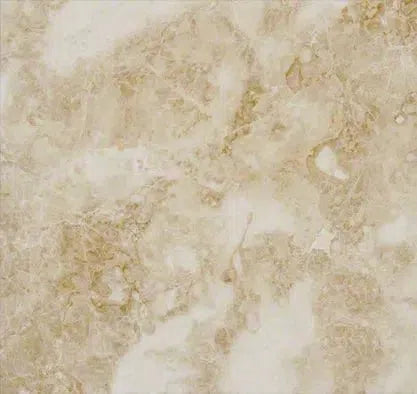 Cappuccino Marble
Cappuccino Marble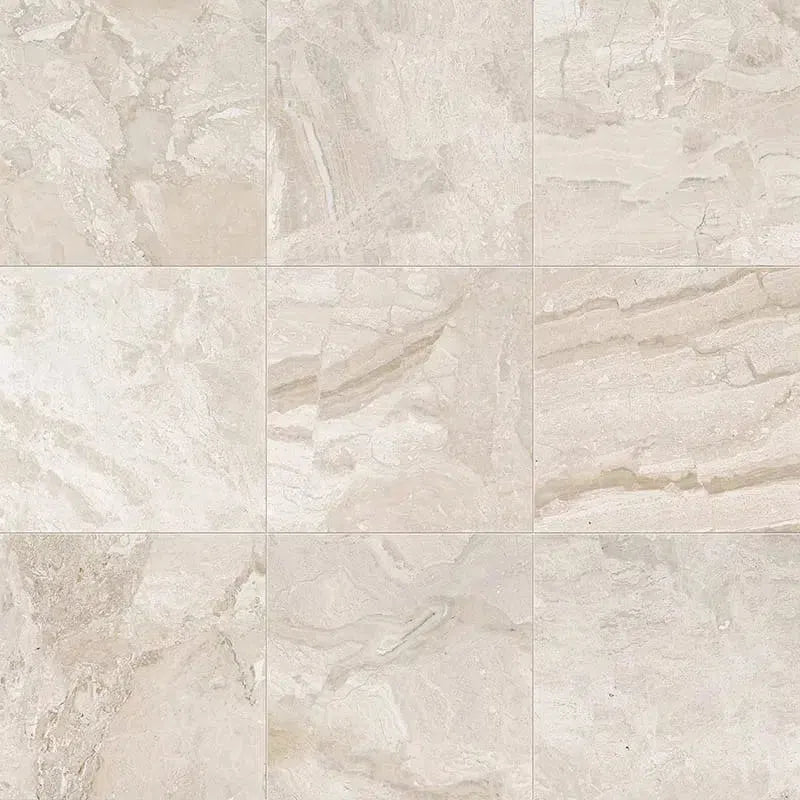 Diano Royal (Queen Beige) Marble
Diano Royal (Queen Beige) Marble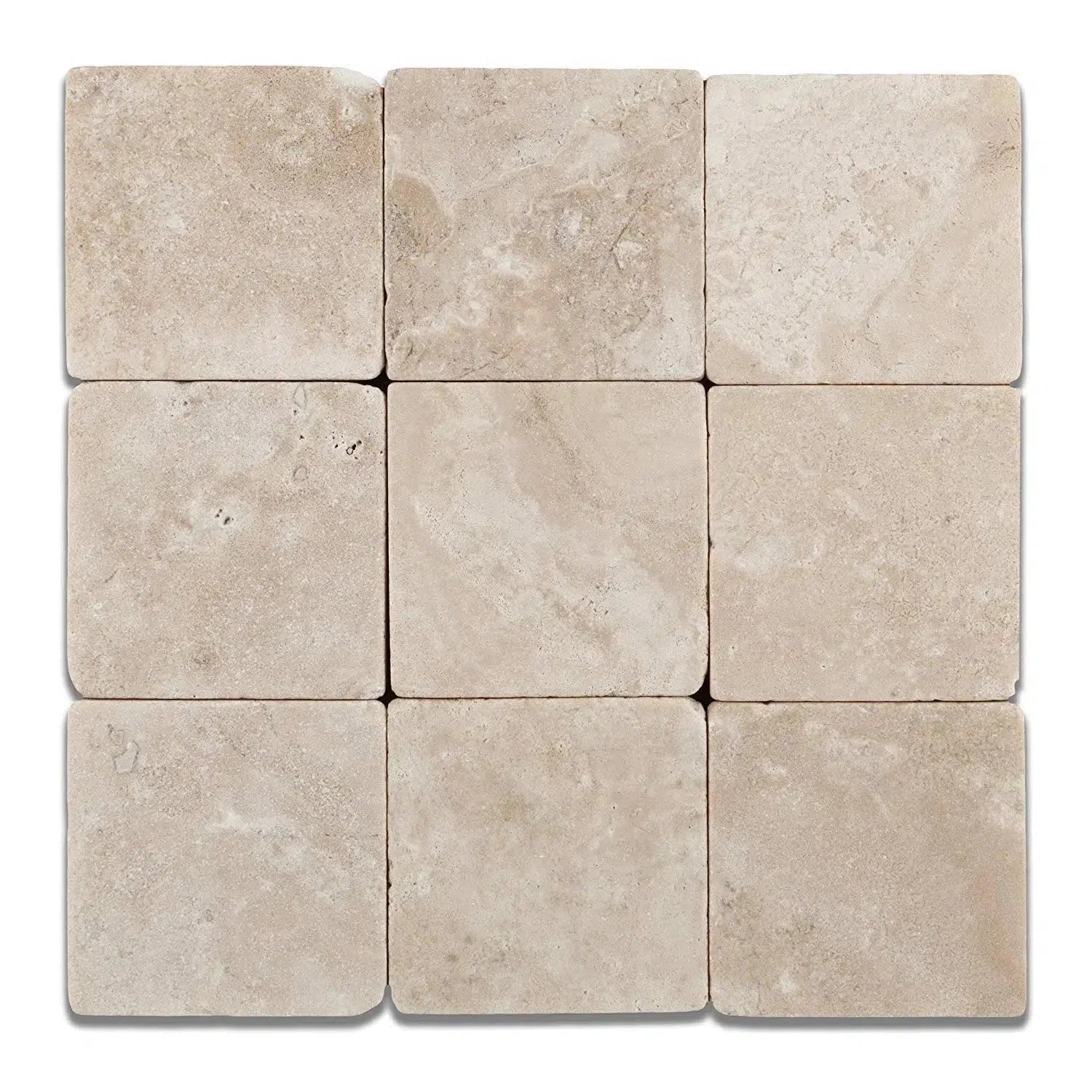 Durango Cream Traverine
Durango Cream Traverine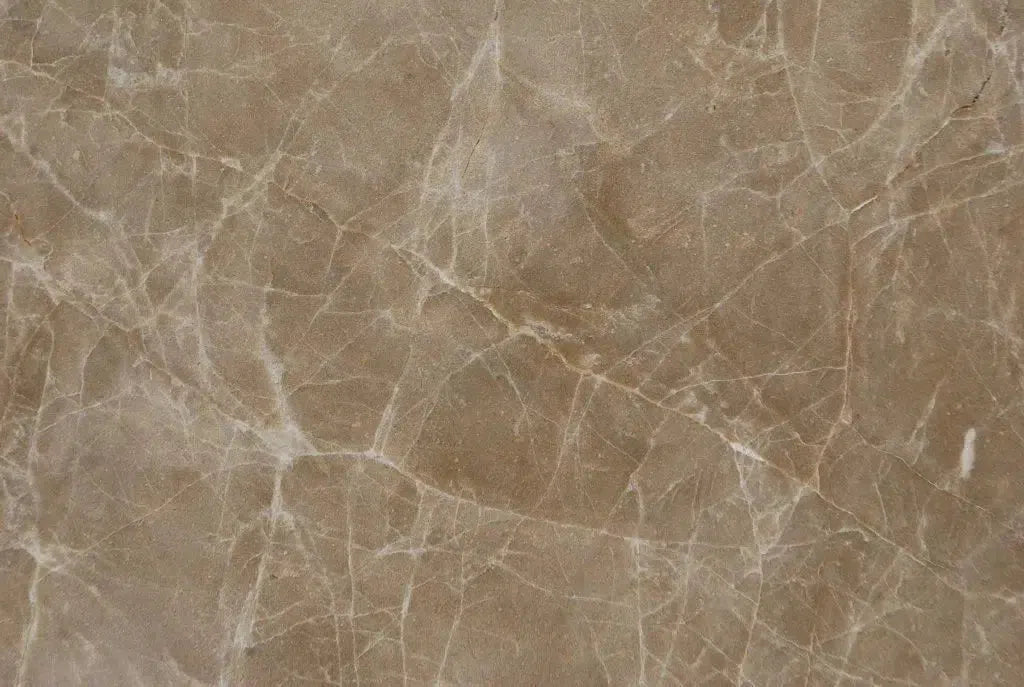 Emperador Light Marble
Emperador Light Marble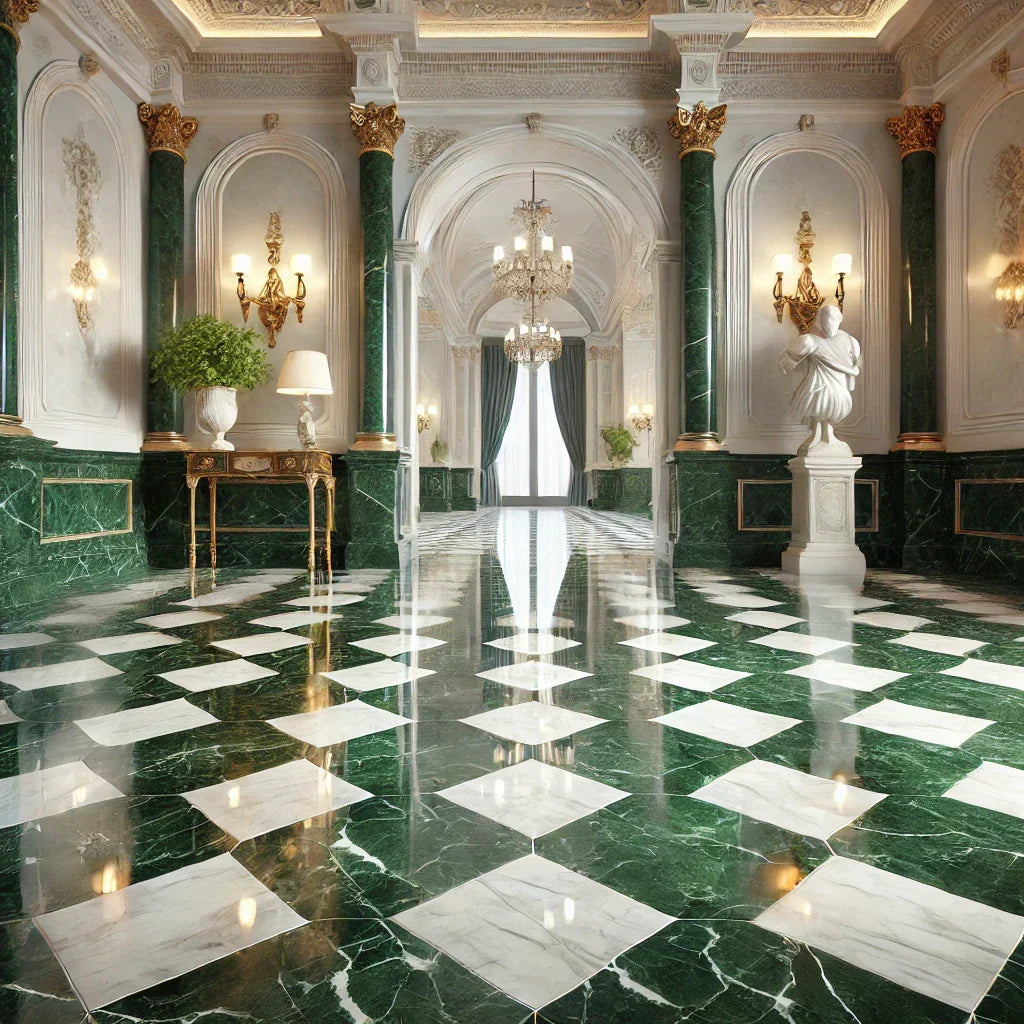 Empress Green Marble
Empress Green Marble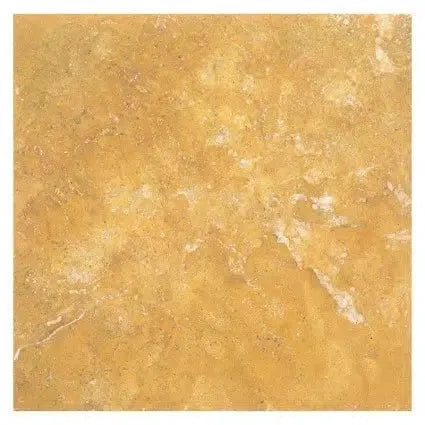 Gold/Yellow Travertine
Gold/Yellow Travertine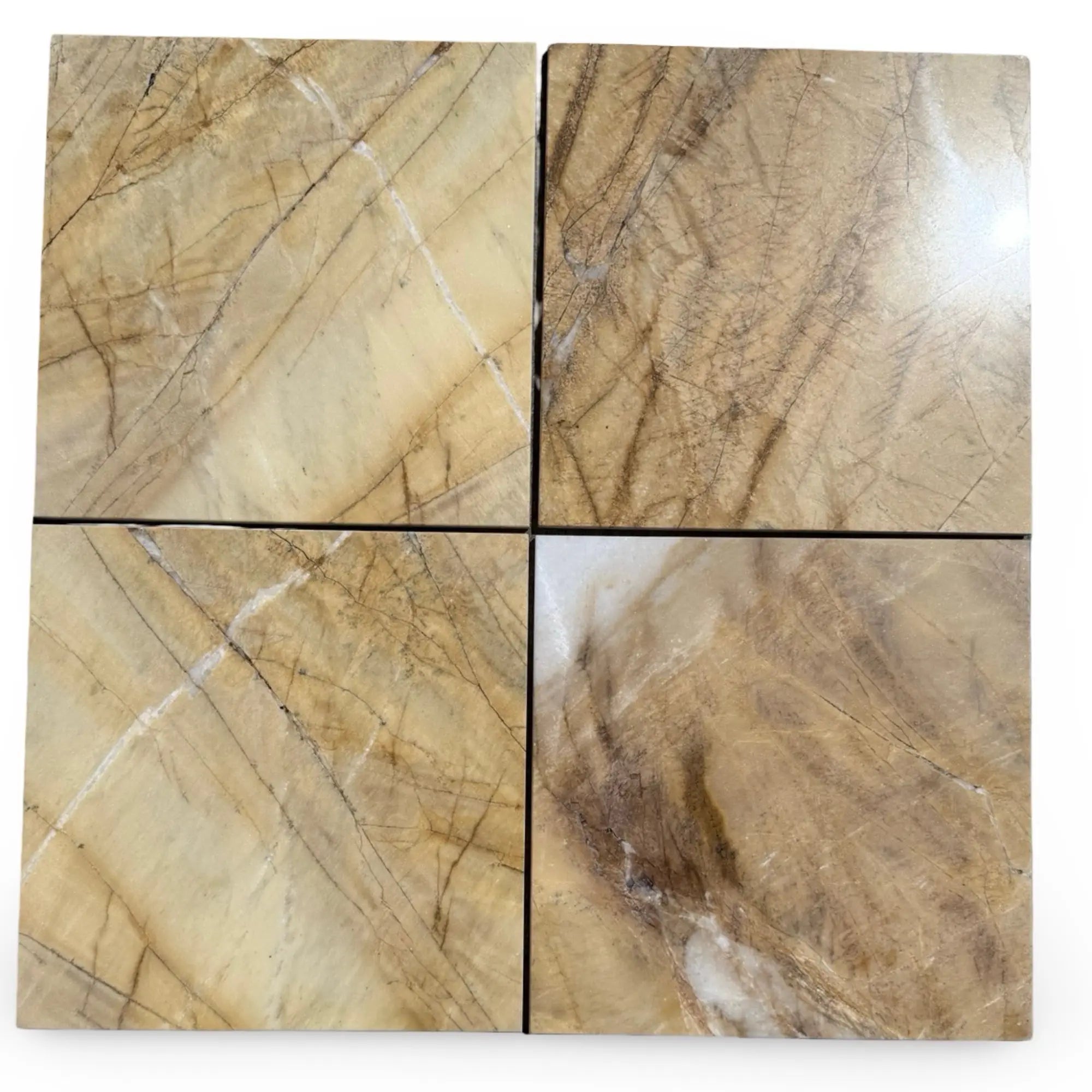 Golden Horizon Marble
Golden Horizon Marble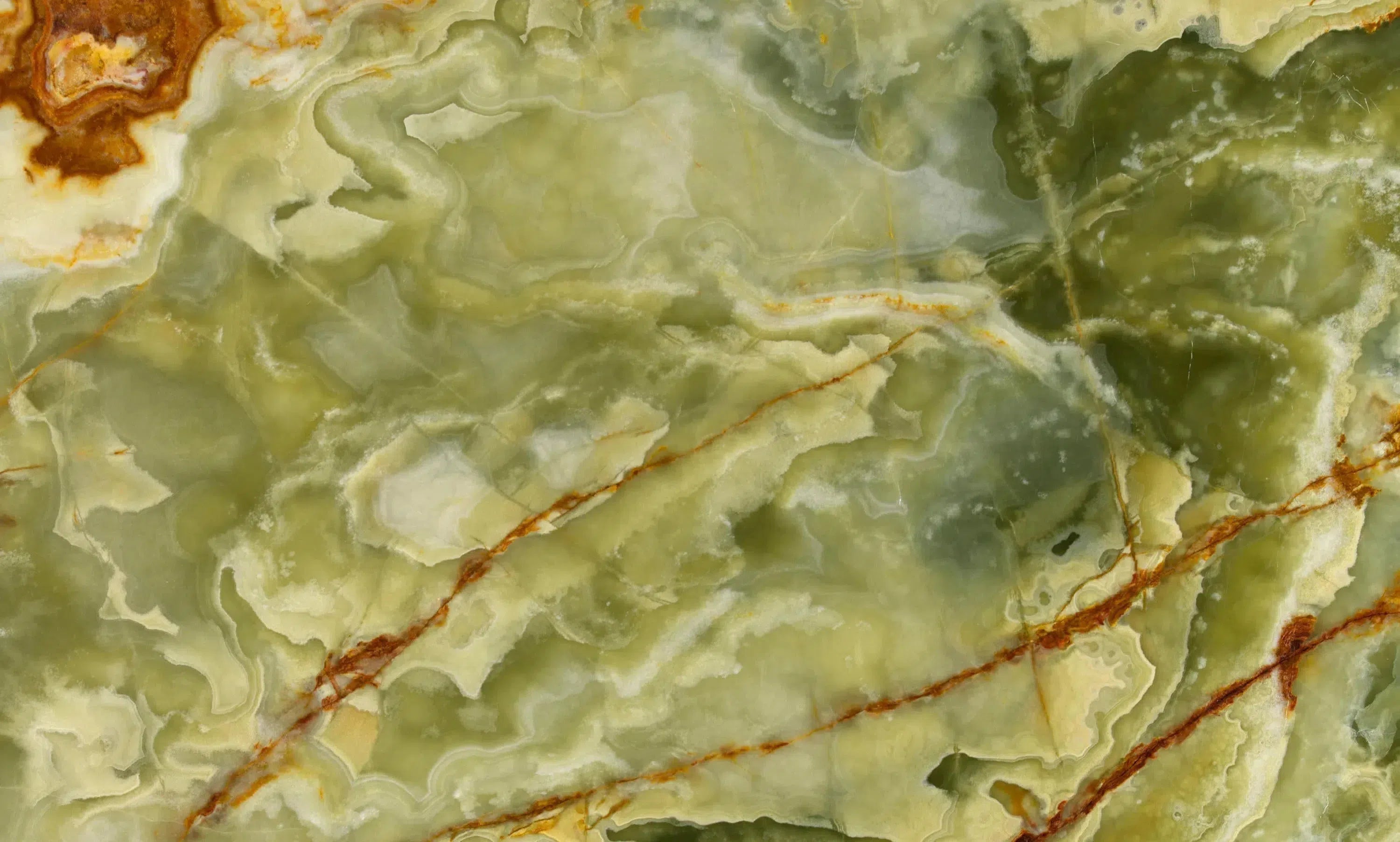 Green Onyx Marble
Green Onyx Marble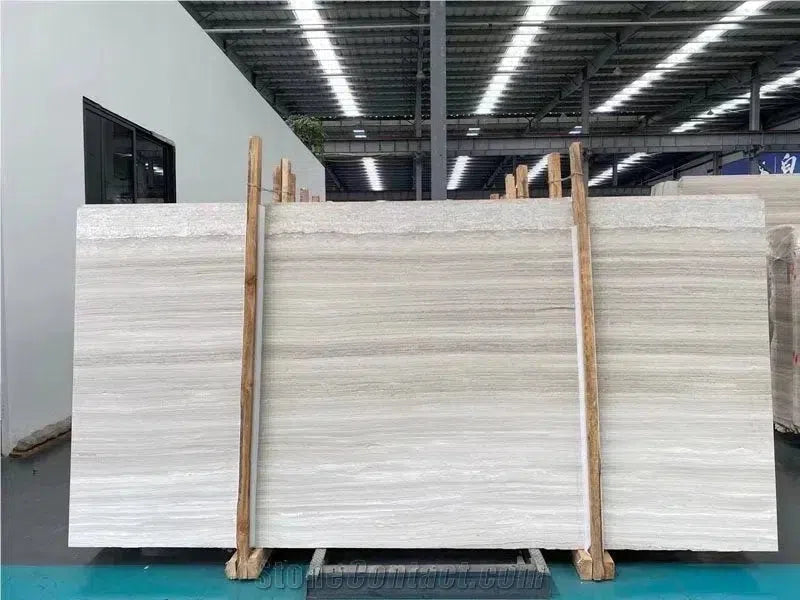 Haisa Light (White Wood) Limestone
Haisa Light (White Wood) Limestone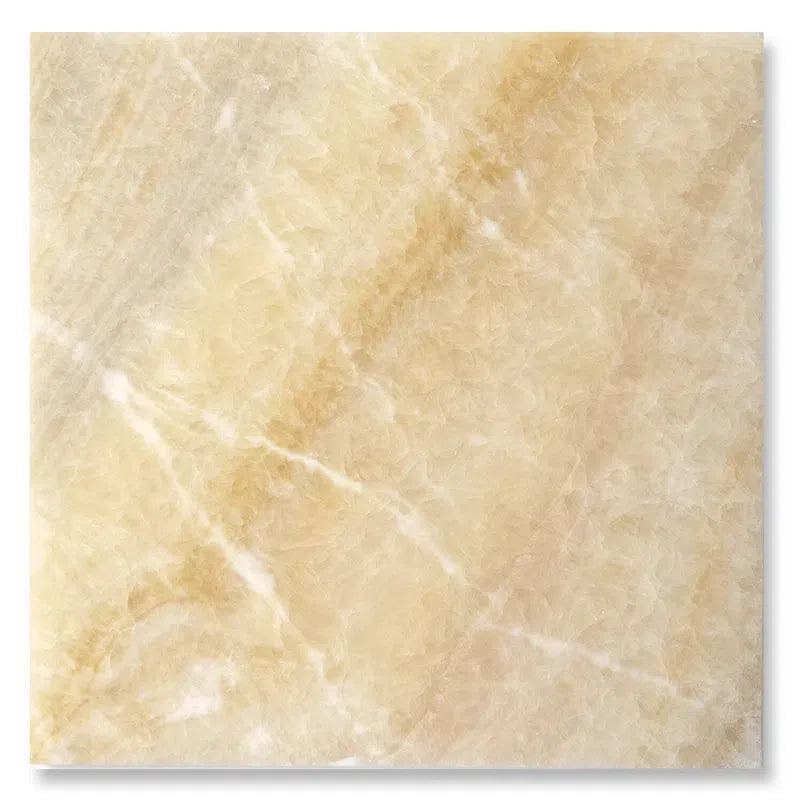 Honey Onyx Marble
Honey Onyx Marble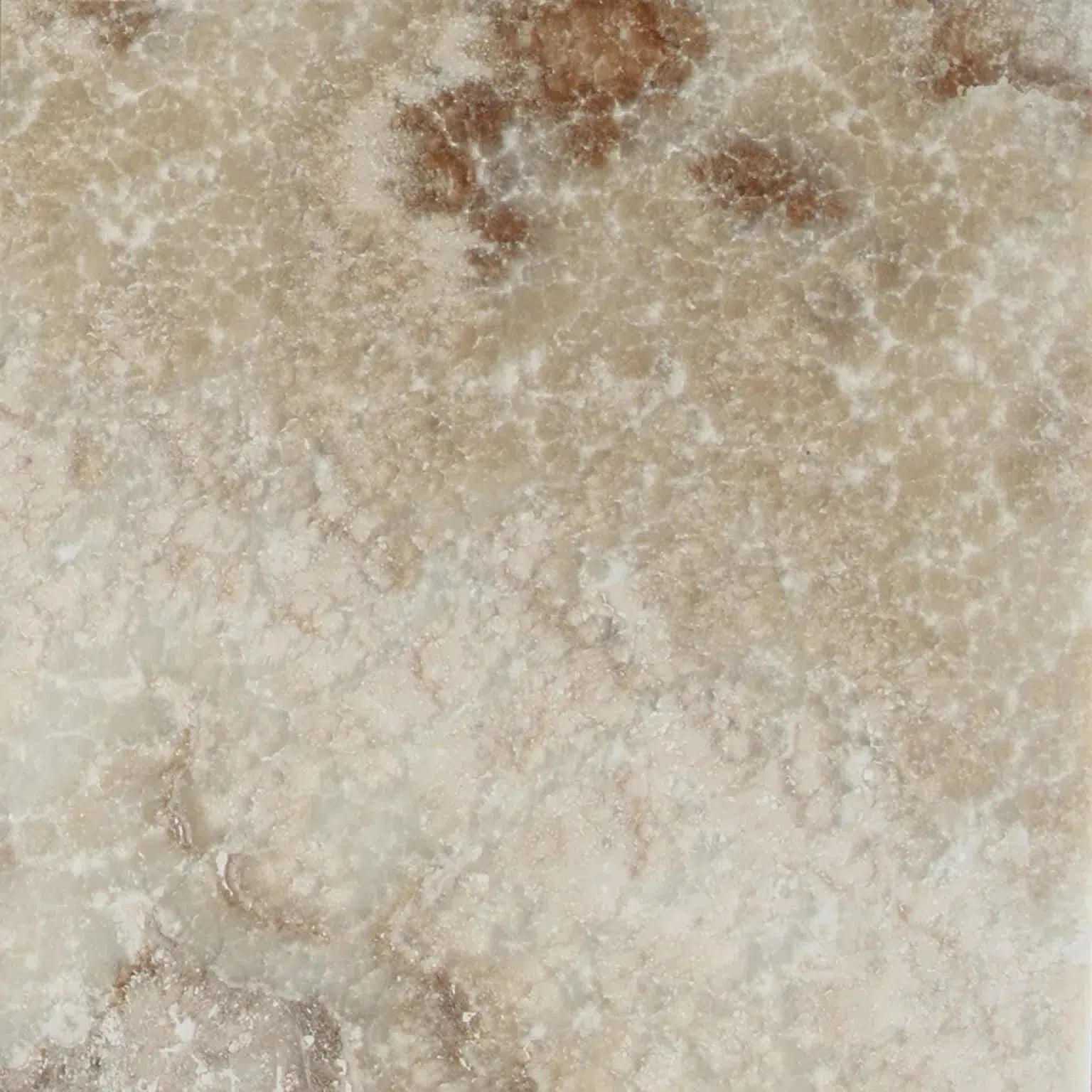 La Travonya Travertine
La Travonya Travertine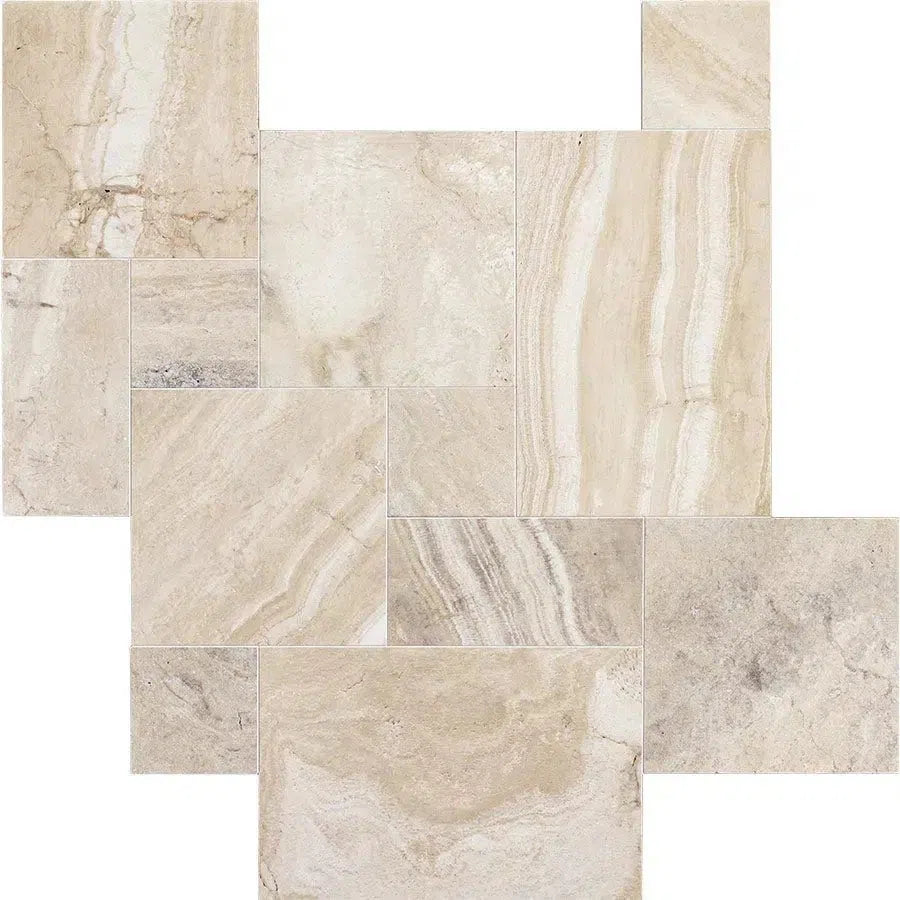 Malibu Travertine
Malibu Travertine Mink (Equator) Marble
Mink (Equator) Marble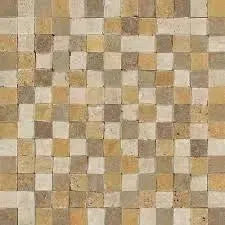 Mixed (Ivory-Noce-Gold) Travertine
Mixed (Ivory-Noce-Gold) Travertine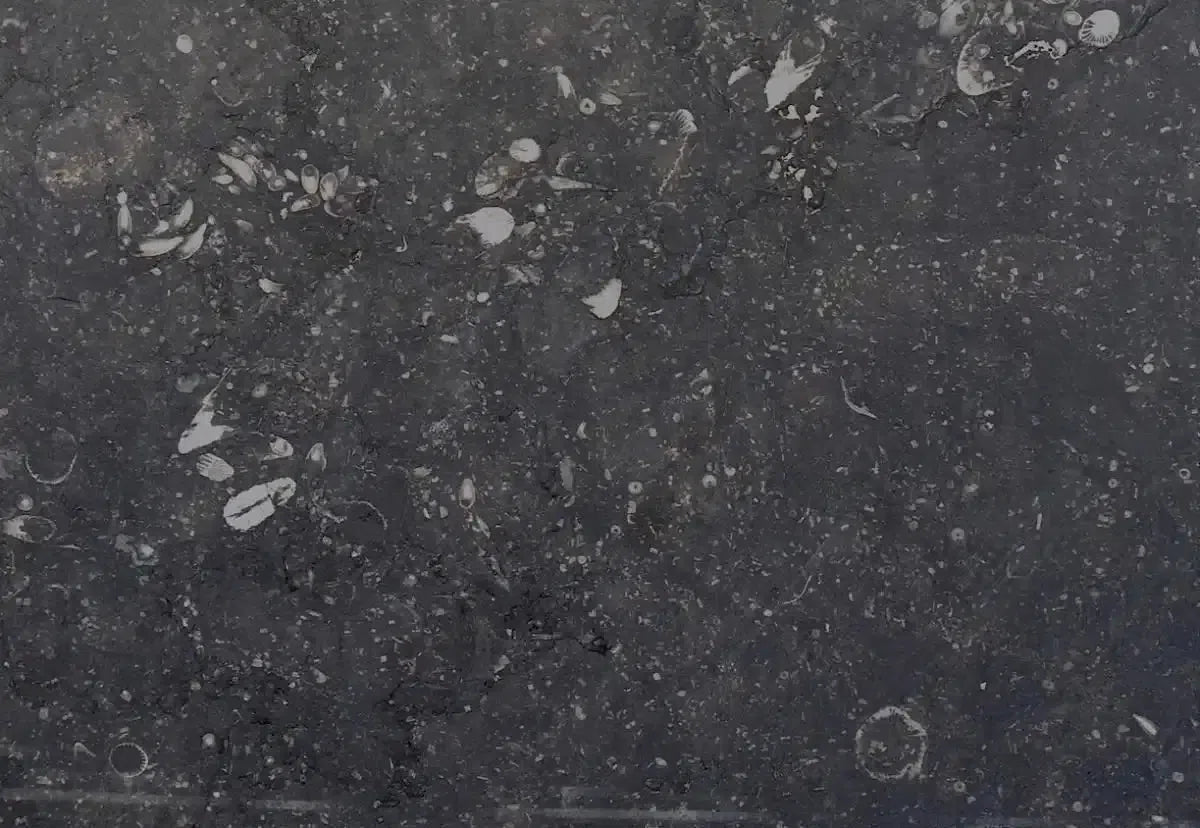 Pierre Bleue (Pierre Blue) Marble
Pierre Bleue (Pierre Blue) Marble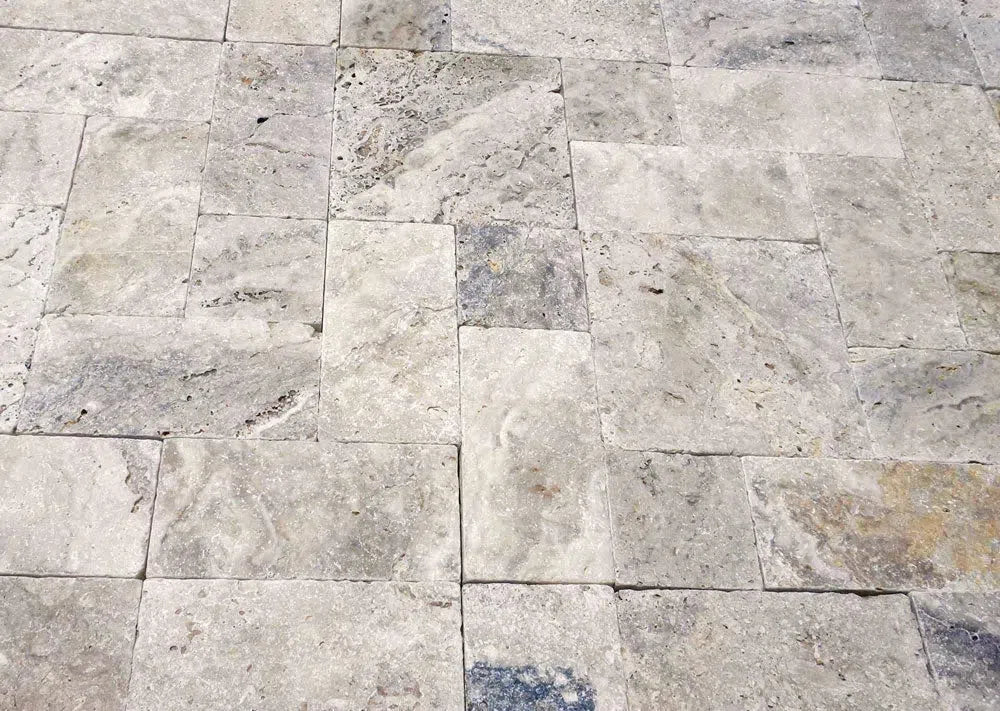 Philadelphia Travertine
Philadelphia Travertine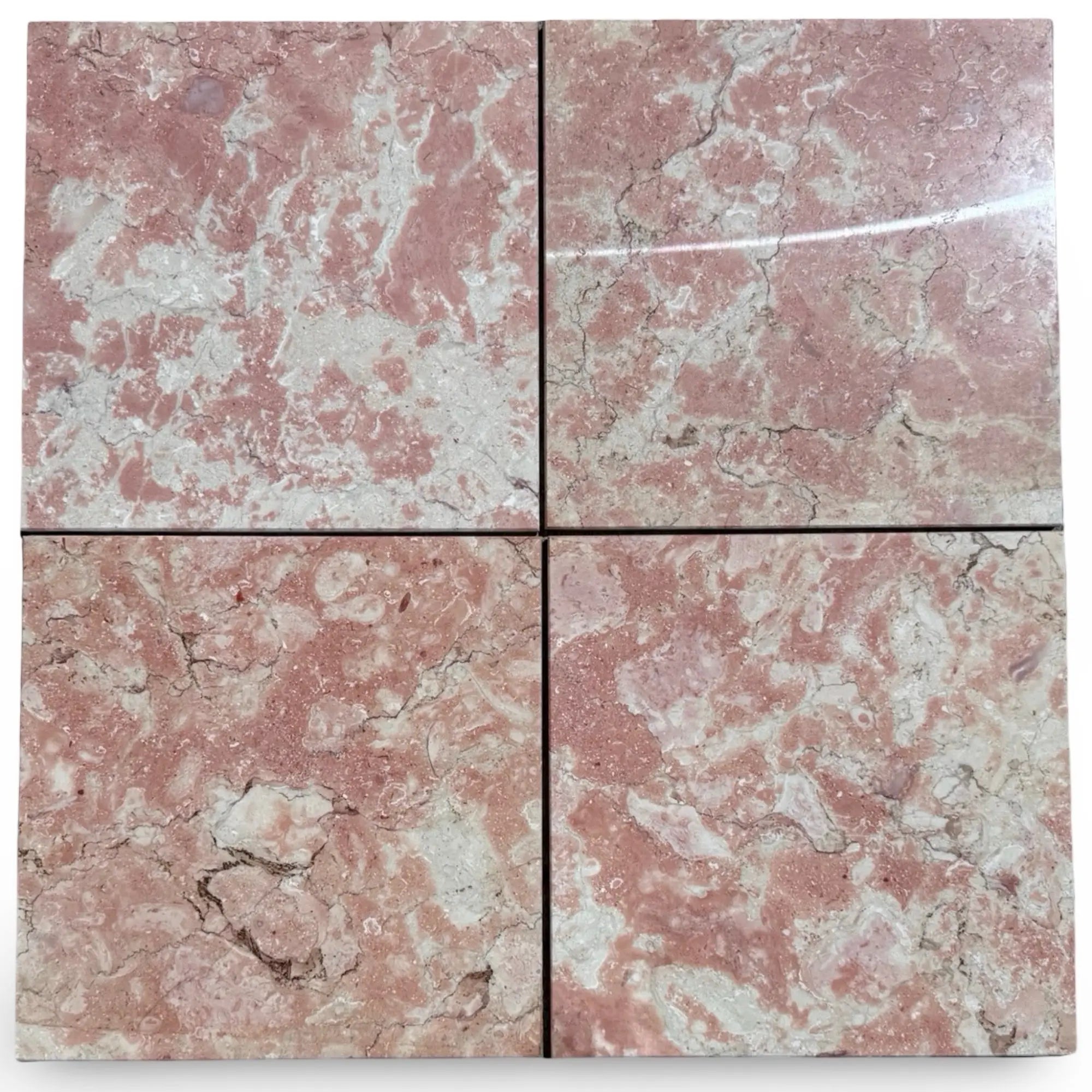 Rosé Aurora Marble
Rosé Aurora Marble Rosetta Storm Marble
Rosetta Storm Marble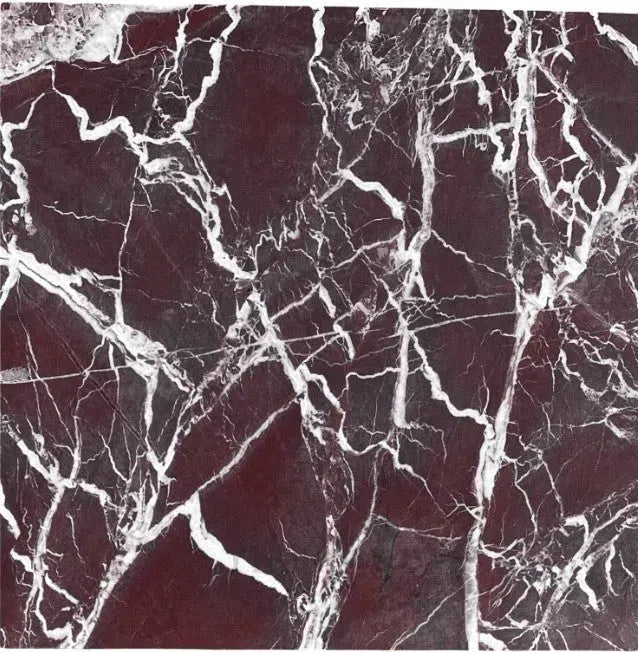 Rosso Levanto Marble
Rosso Levanto Marble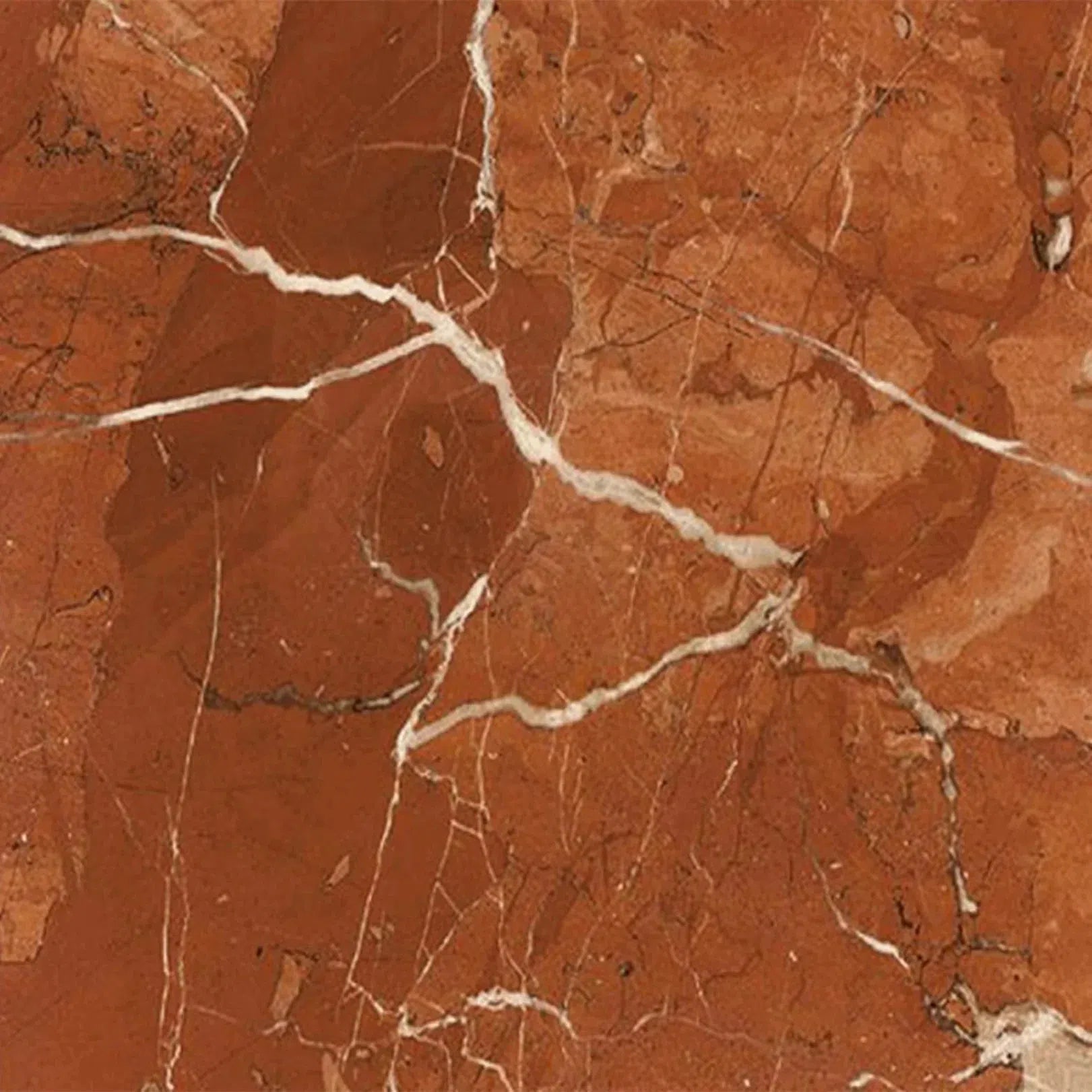 Rojo Alicante Marble
Rojo Alicante Marble Sahara Ember Marble
Sahara Ember Marble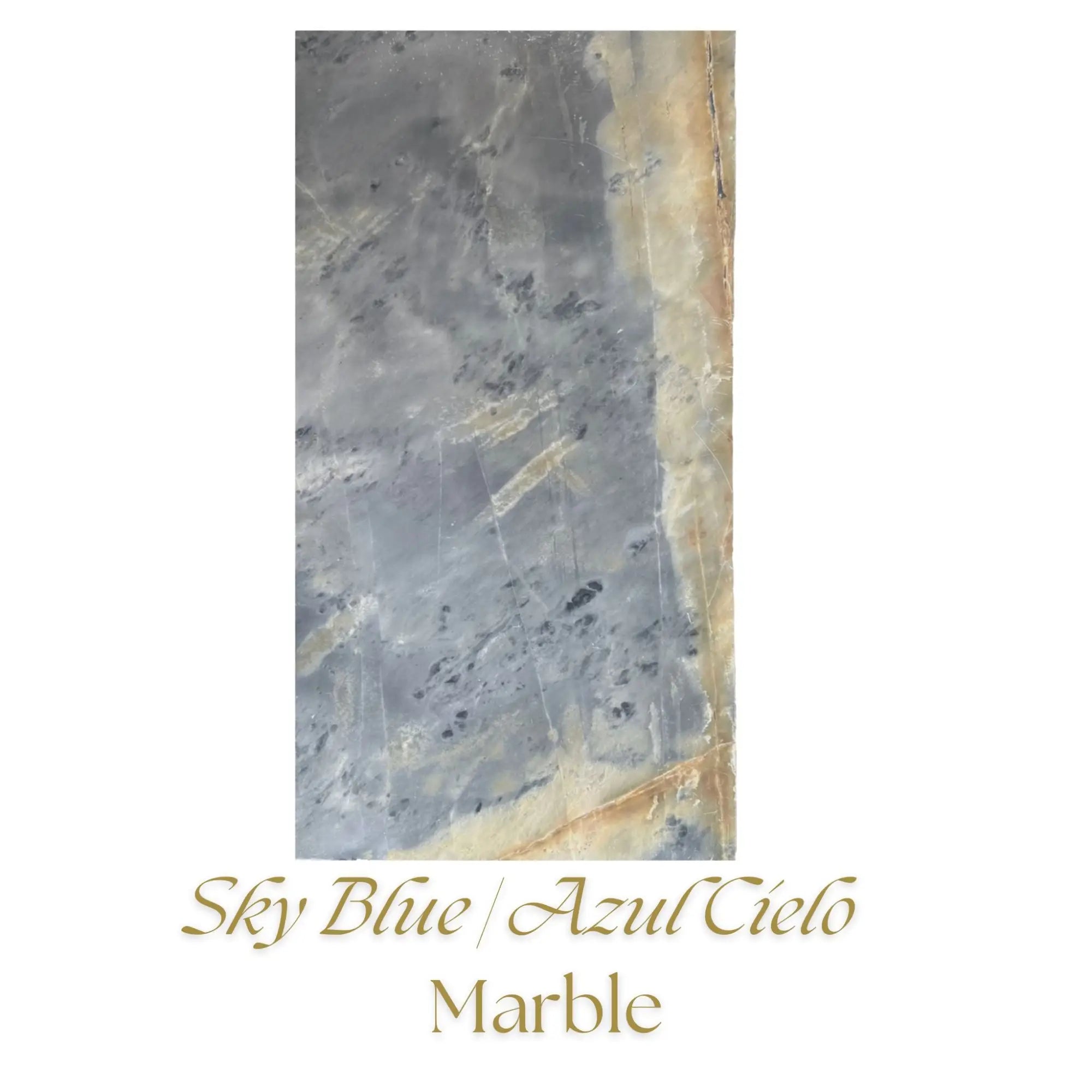 Sky Blue | Azul Cielo Marble
Sky Blue | Azul Cielo Marble Snow White (Afyon White) Marble
Snow White (Afyon White) Marble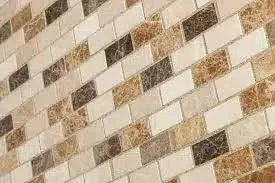 Spanish Mix Marble
Spanish Mix Marble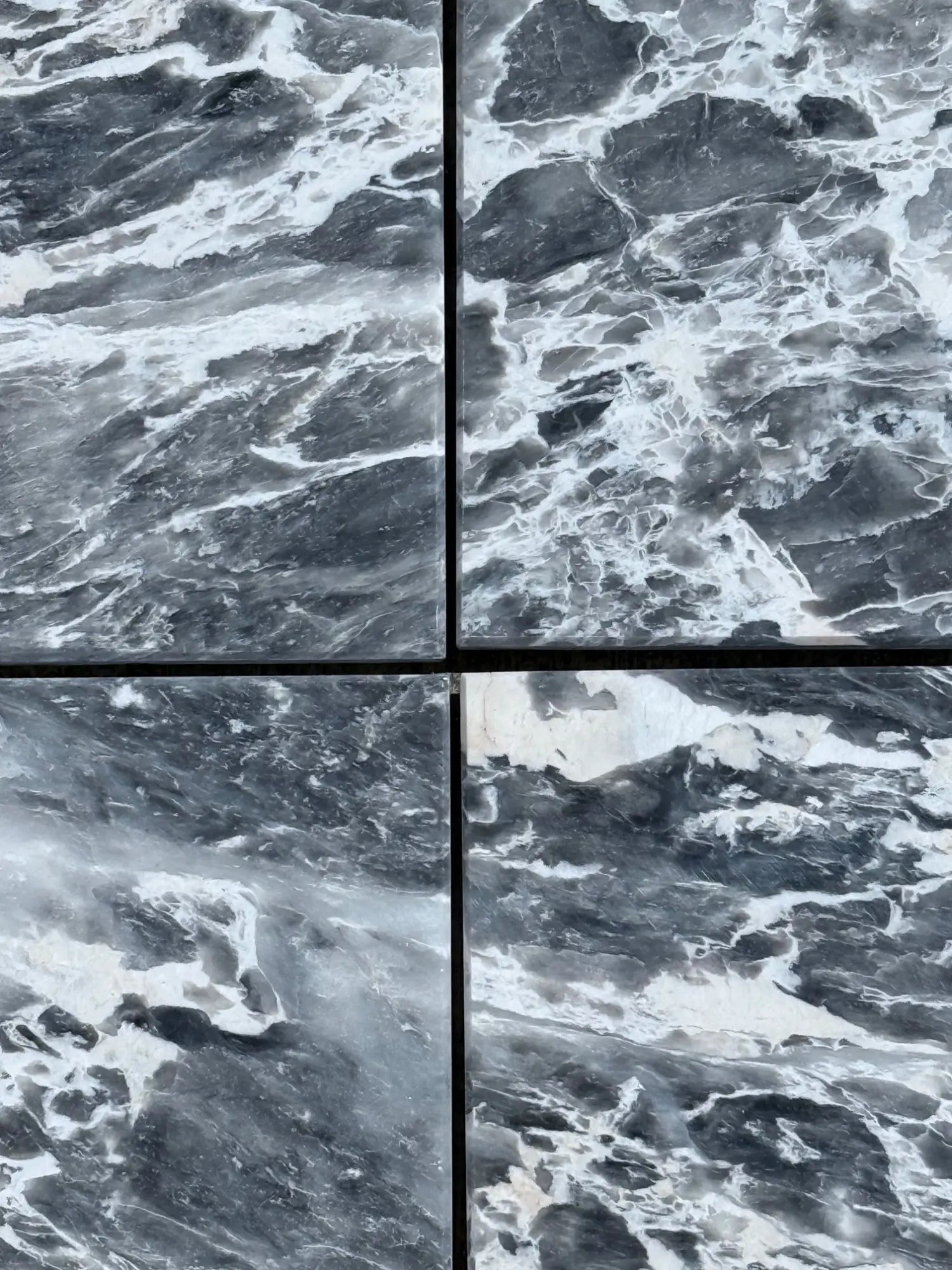 Storm Gray Marble
Storm Gray Marble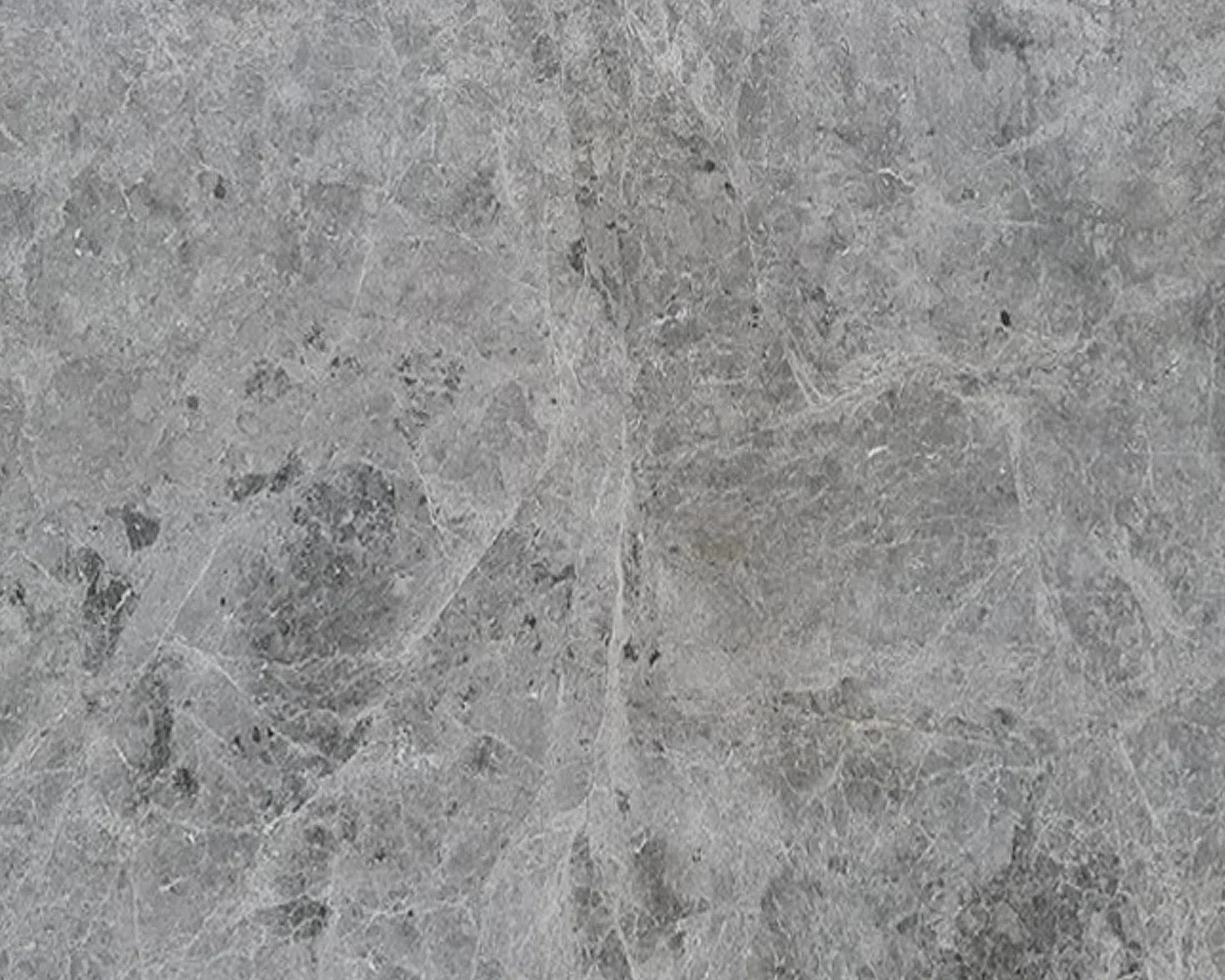 Tundra Gray (Atlantic Gray) Marble
Tundra Gray (Atlantic Gray) Marble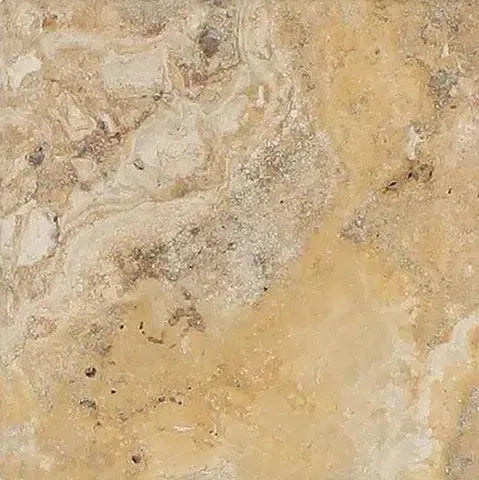 Valencia Travertine
Valencia Travertine Valerenga Travertine
Valerenga Travertine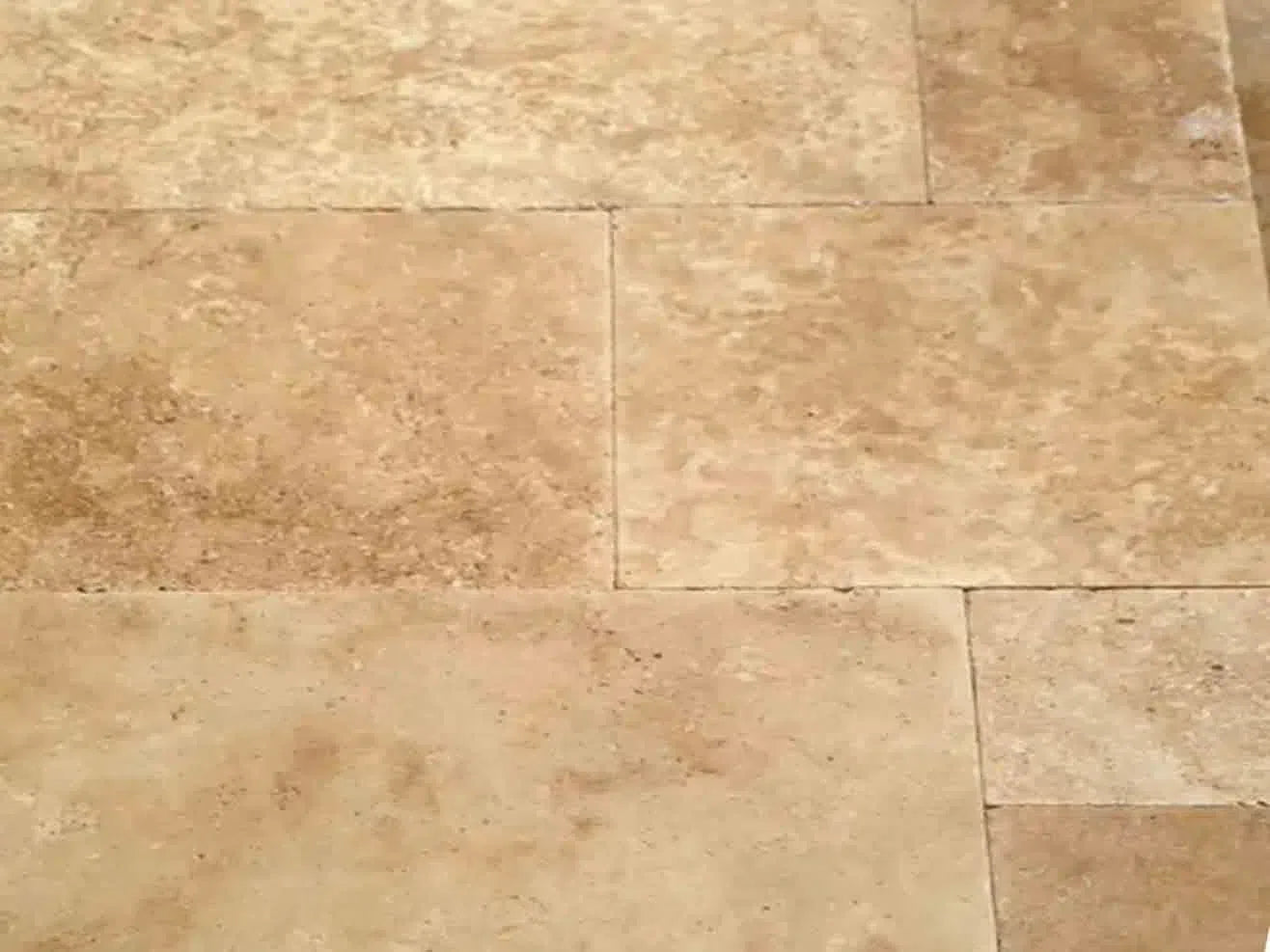 Walnut Travertine
Walnut Travertine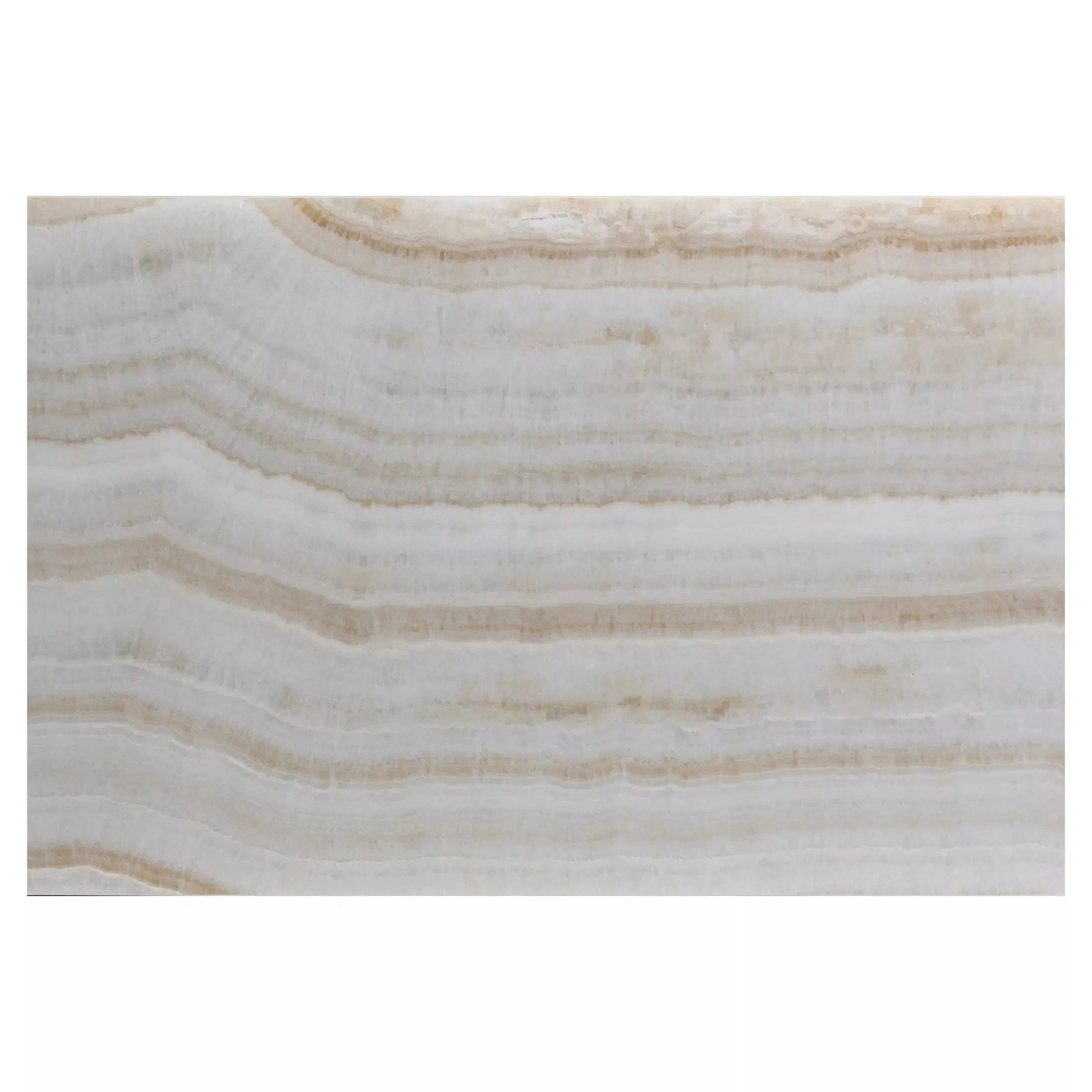 White Onyx Marble
White Onyx Marble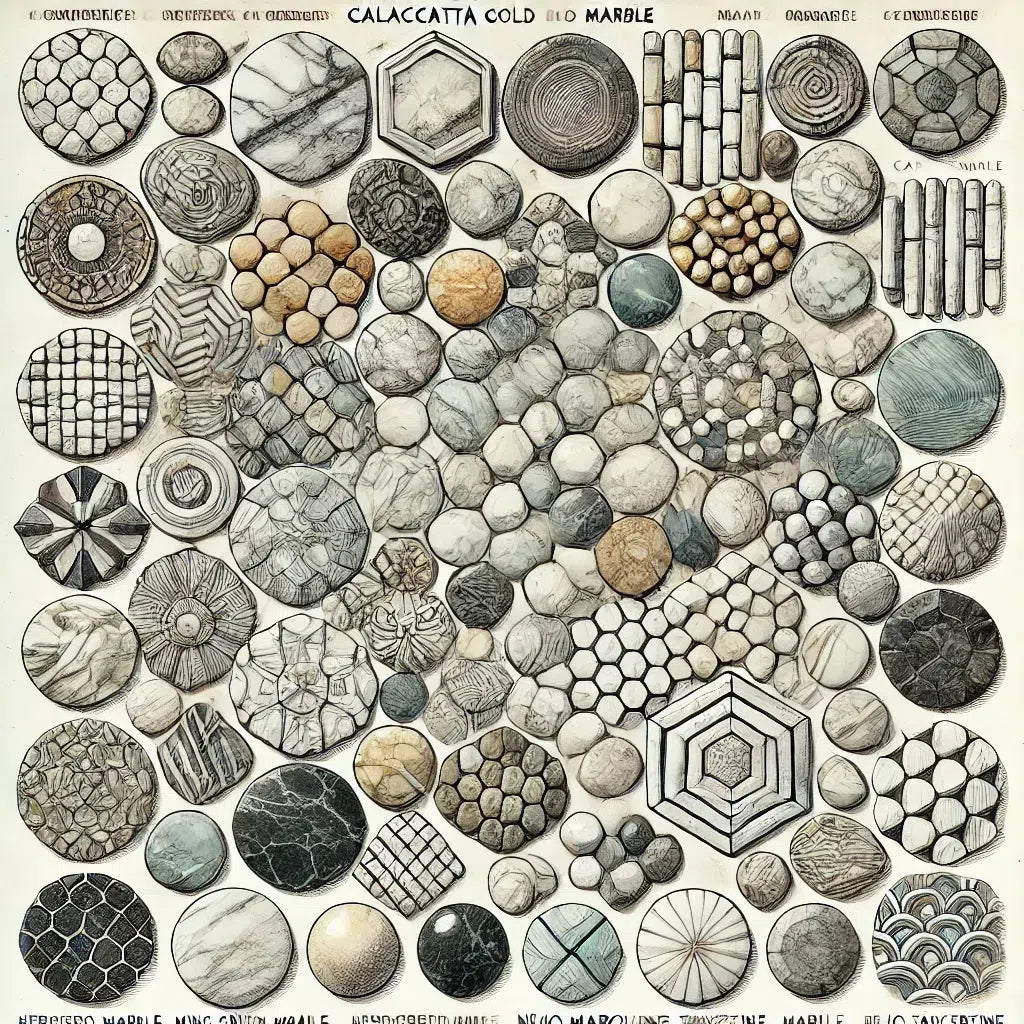 Shop By Type
Shop By Type
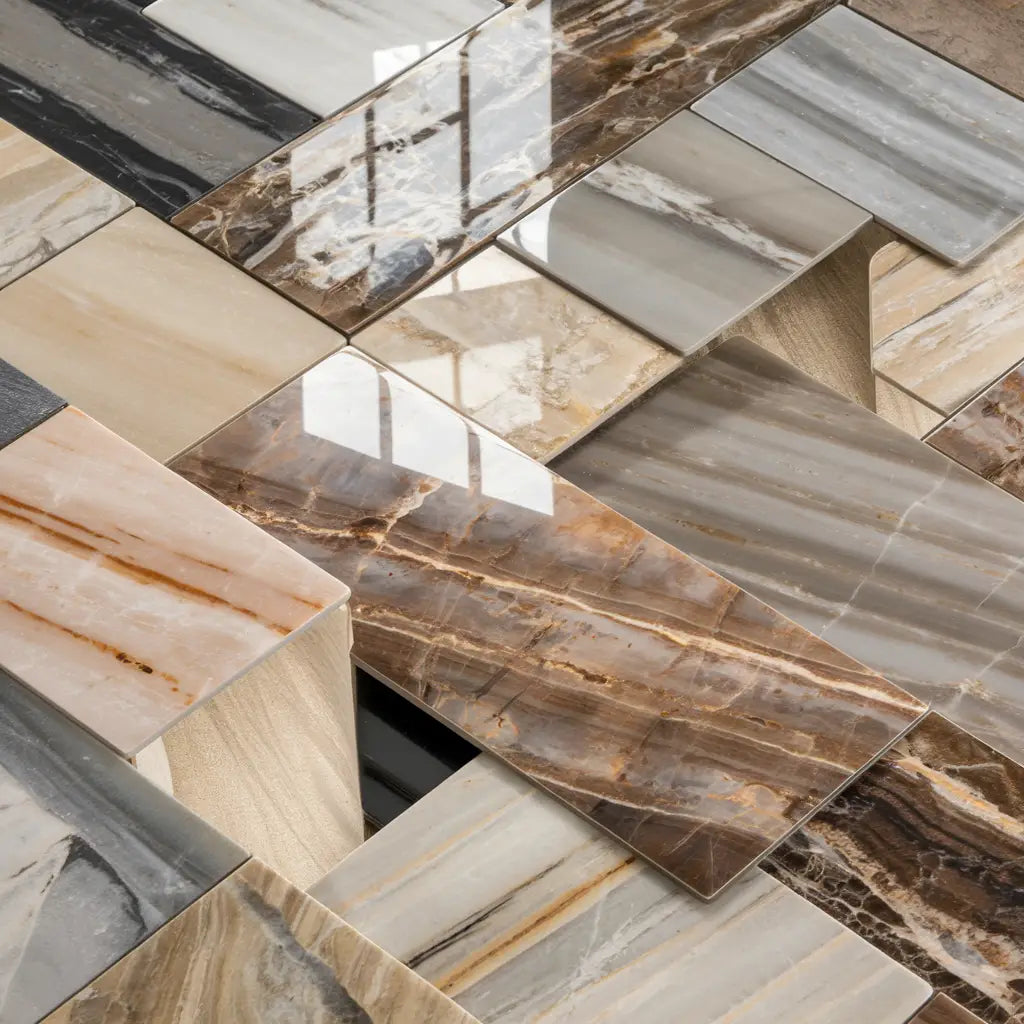 Marble Tiles
Marble Tiles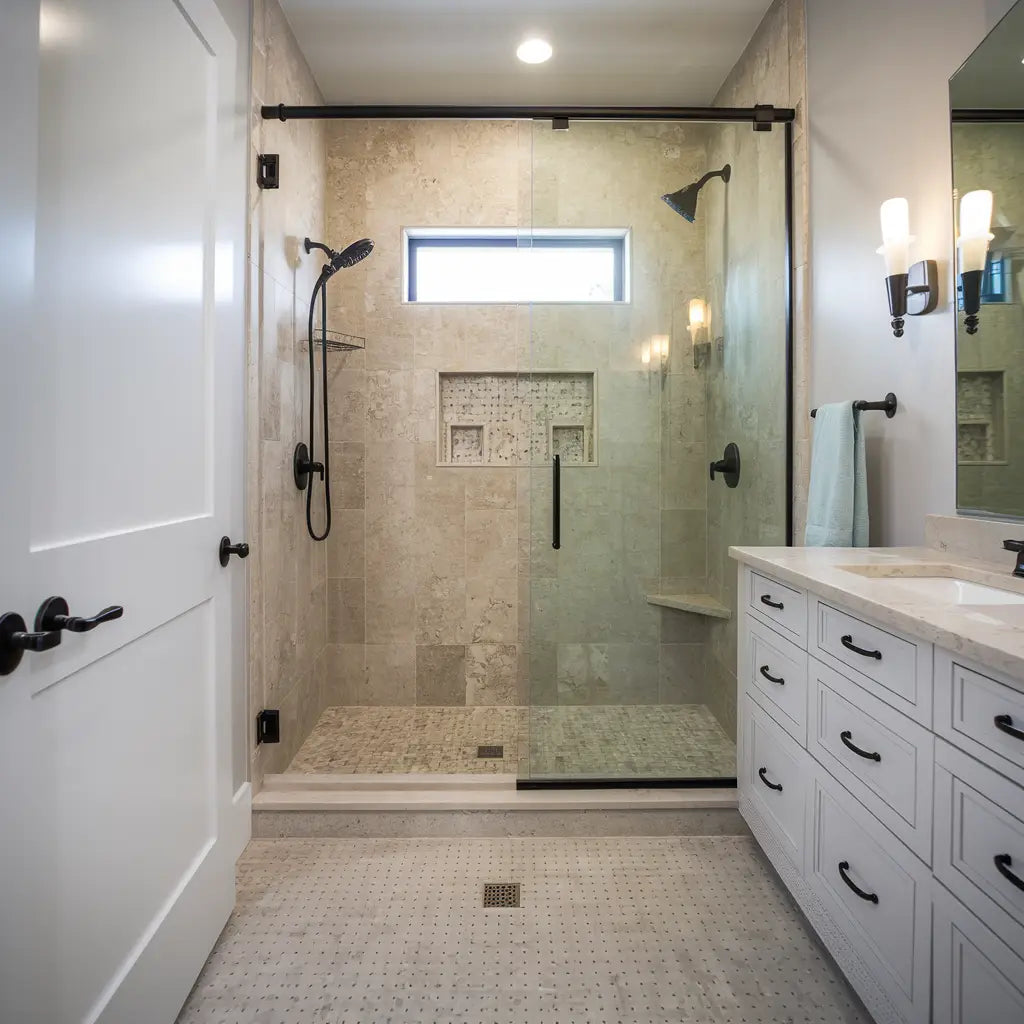 Marble Mosaic
Marble Mosaic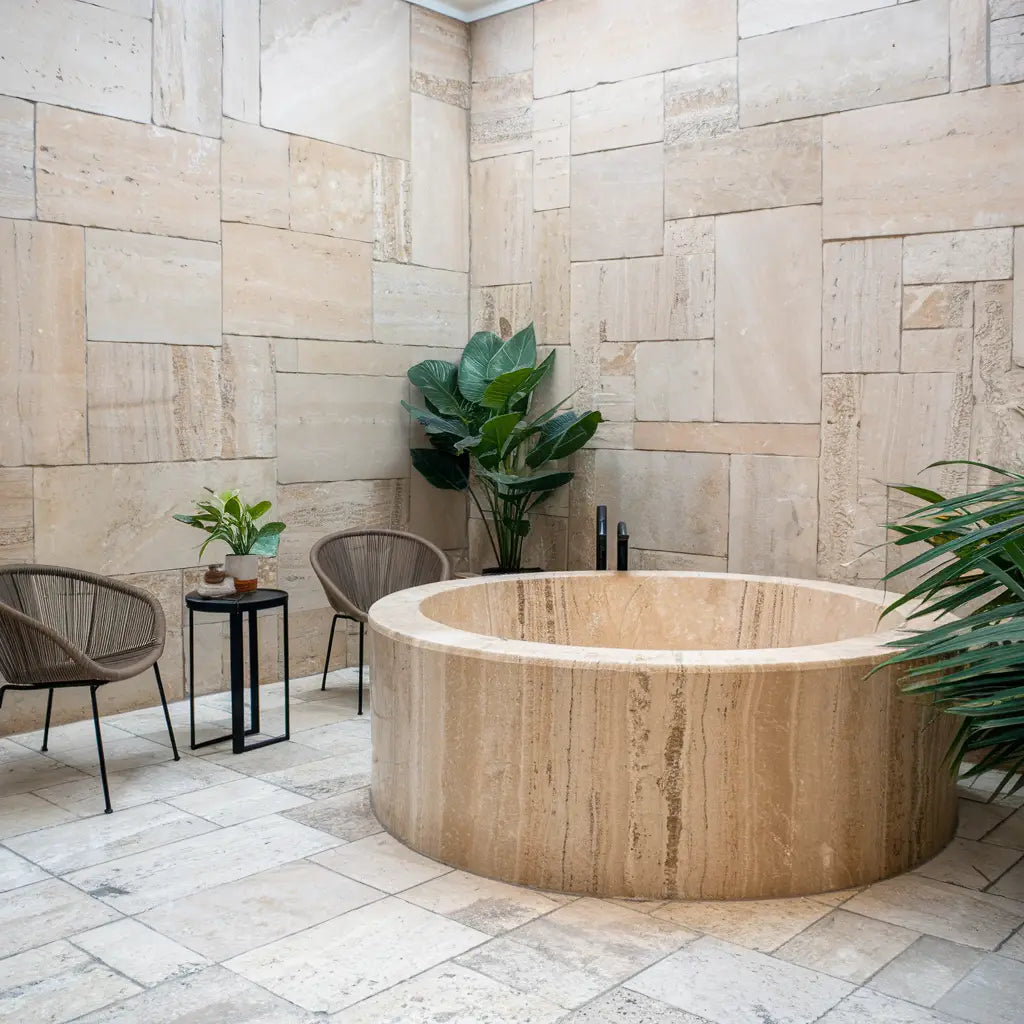 Travertine Tiles
Travertine Tiles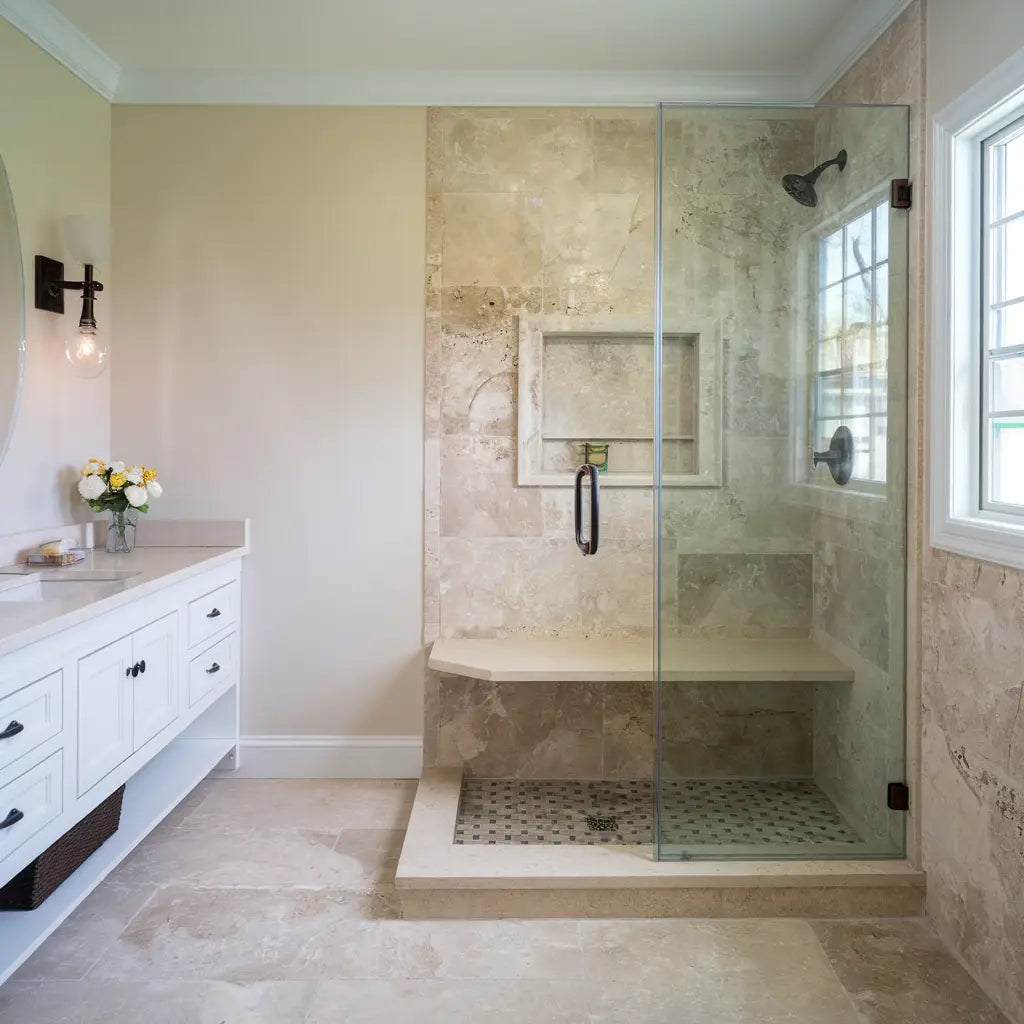 Travertine Mosaic
Travertine Mosaic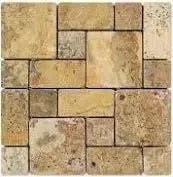 4 pcs Versailles Pattern / French Pattern Set
4 pcs Versailles Pattern / French Pattern Set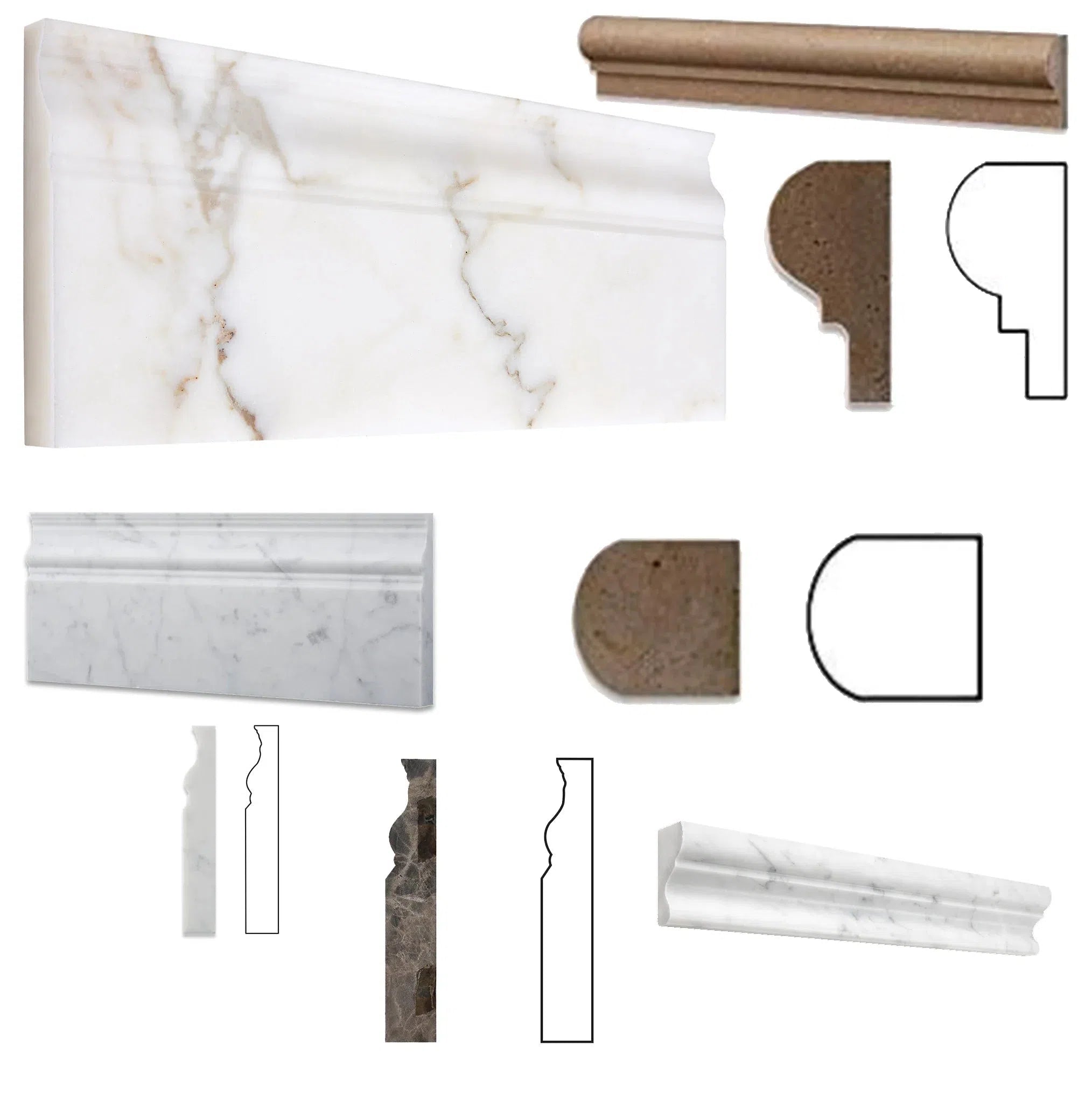 Molding/Trim
Molding/Trim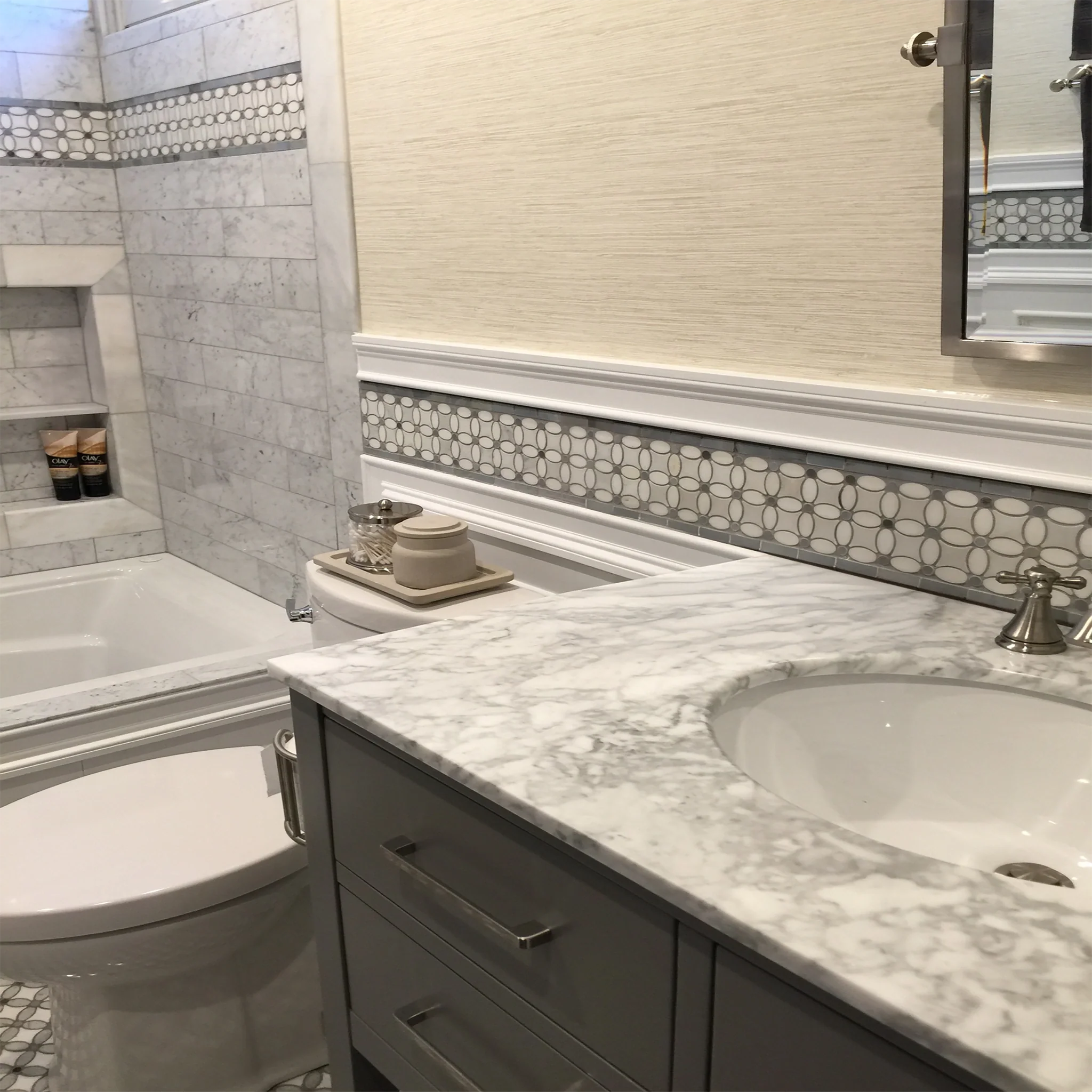 Border/Listello
Border/Listello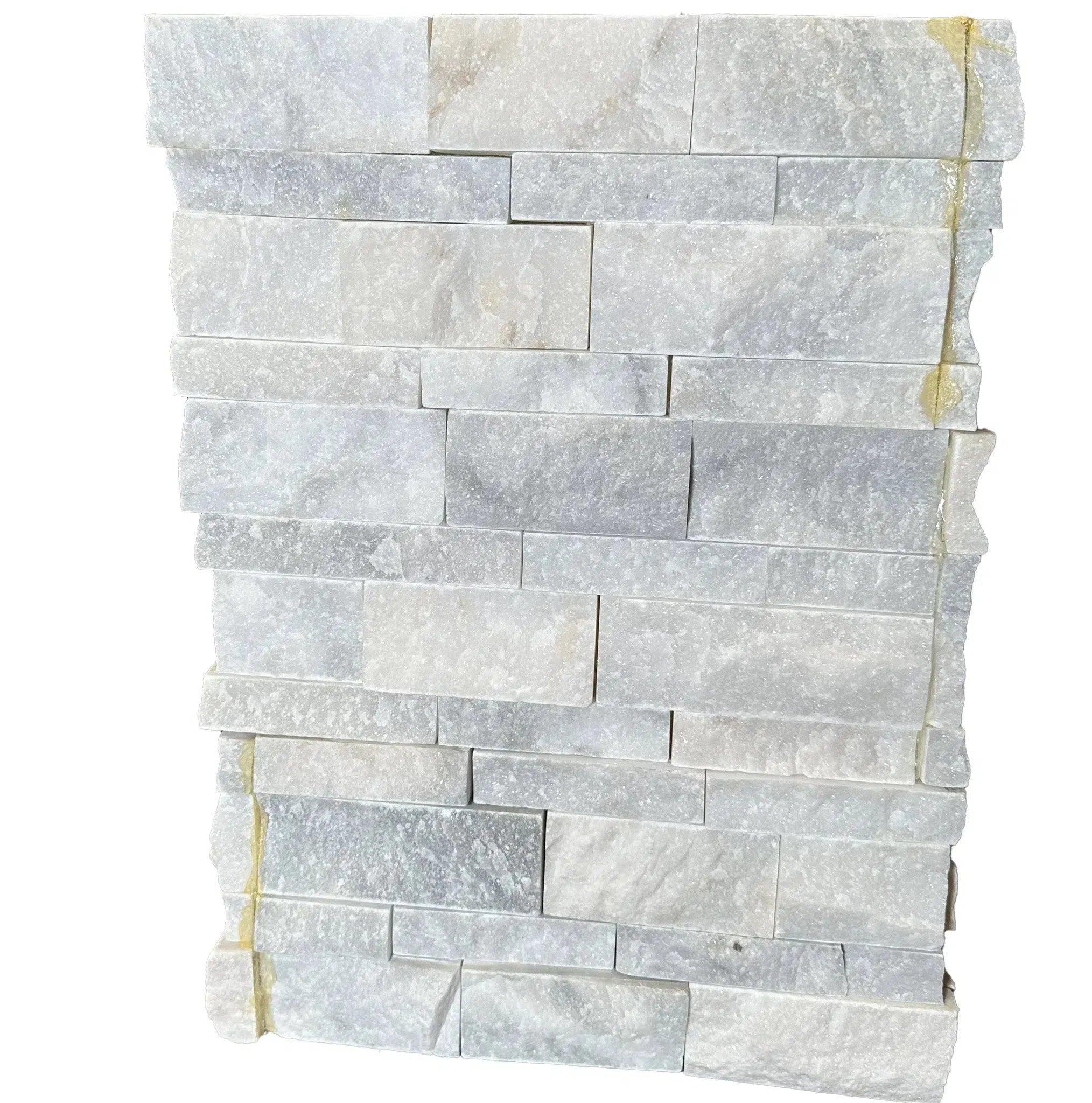 Ledger-Panel
Ledger-Panel Checkerboard
Checkerboard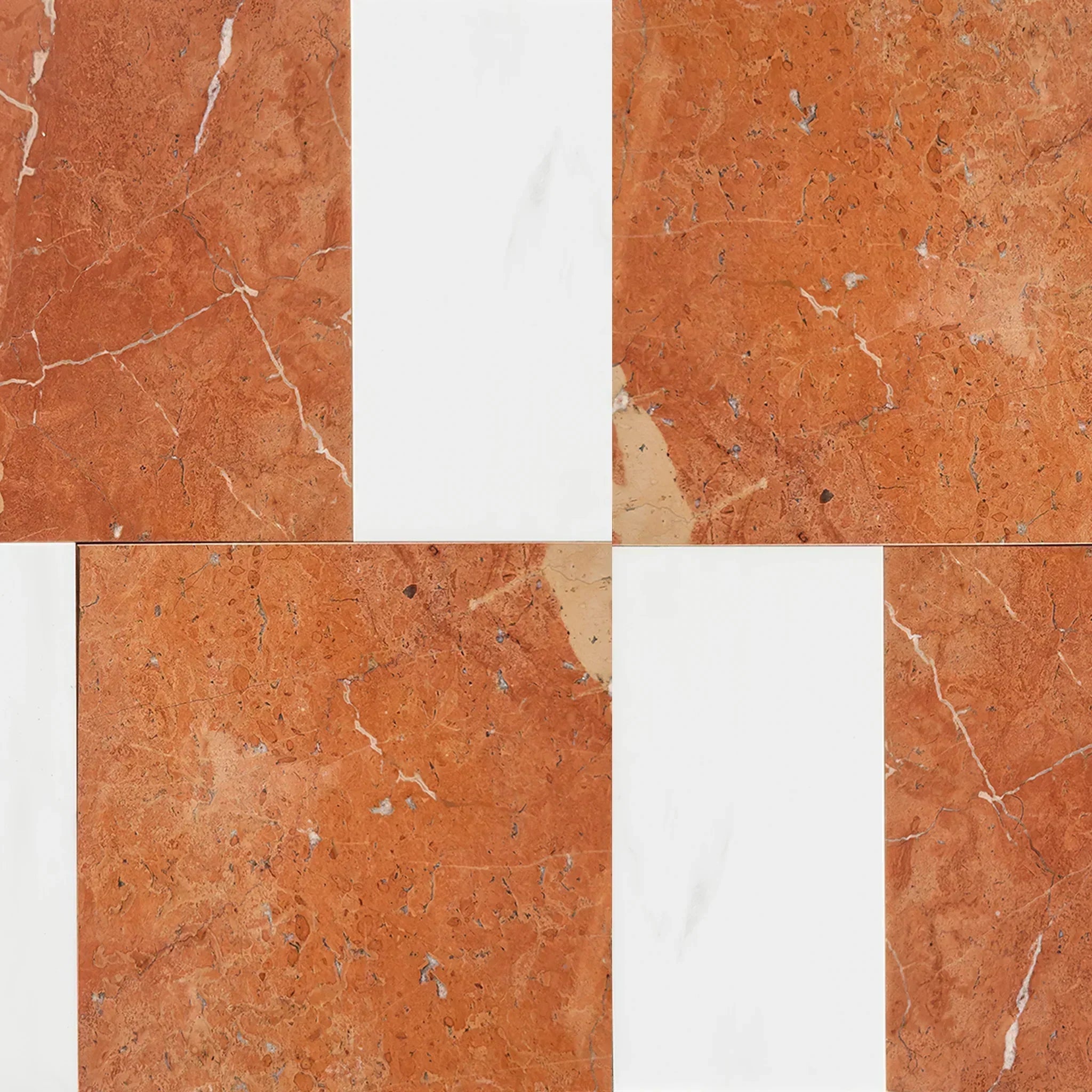 Patterned Tile Collection
Patterned Tile Collection 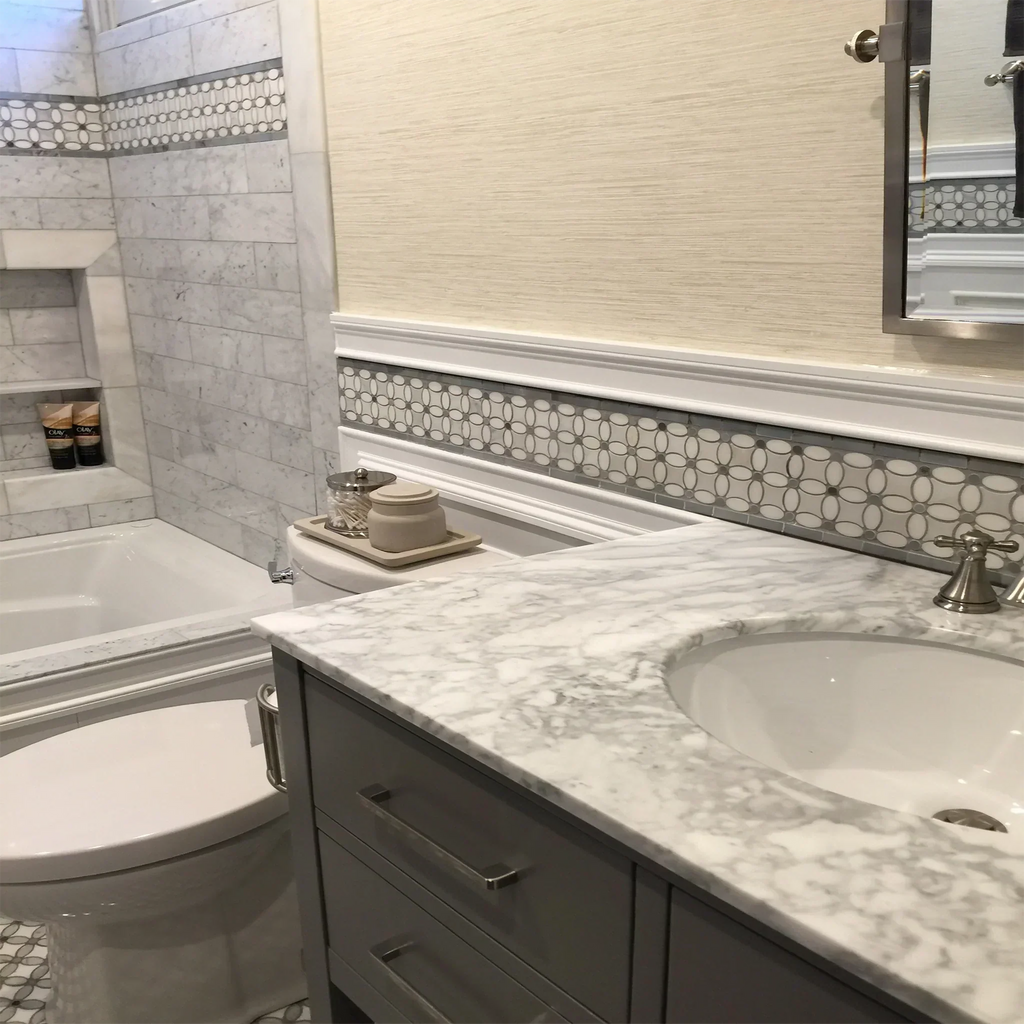 Shop By Finish
Shop By Finish
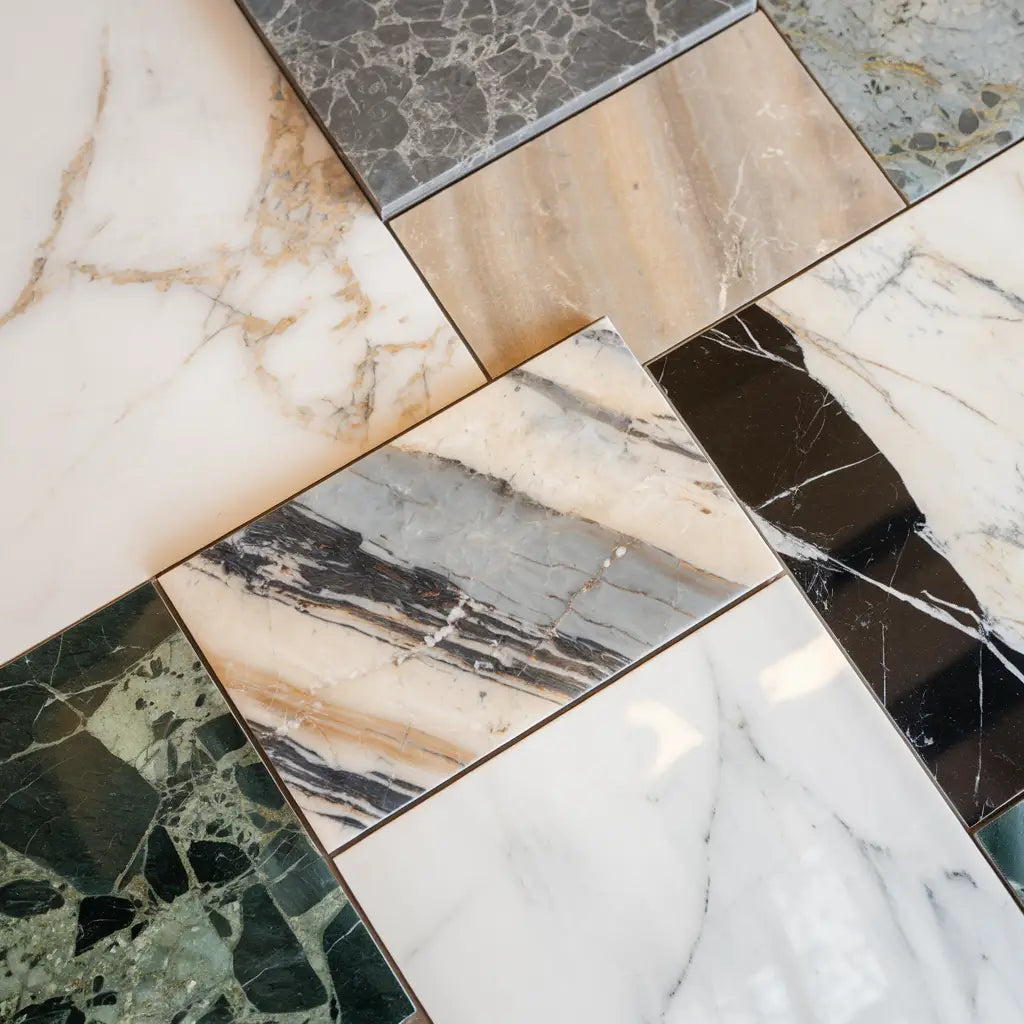 Polished
Polished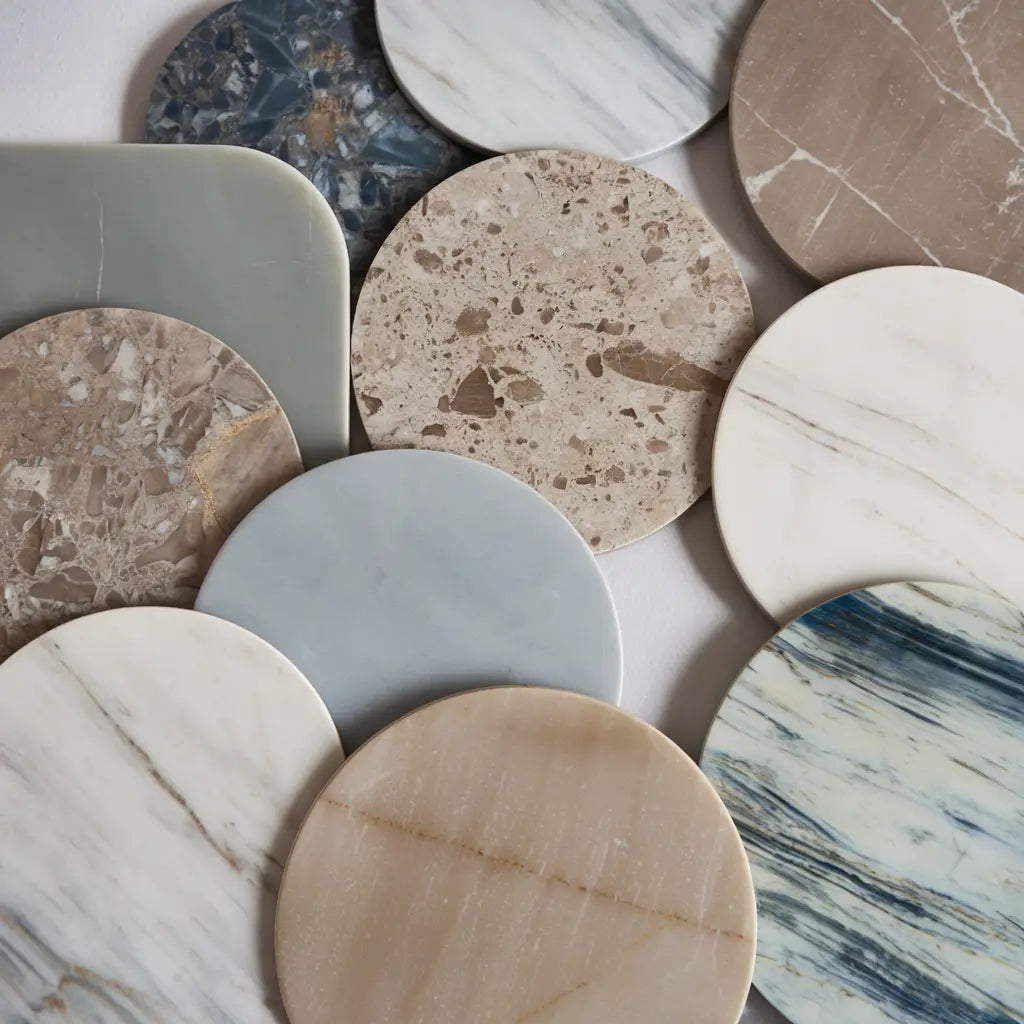 Honed
Honed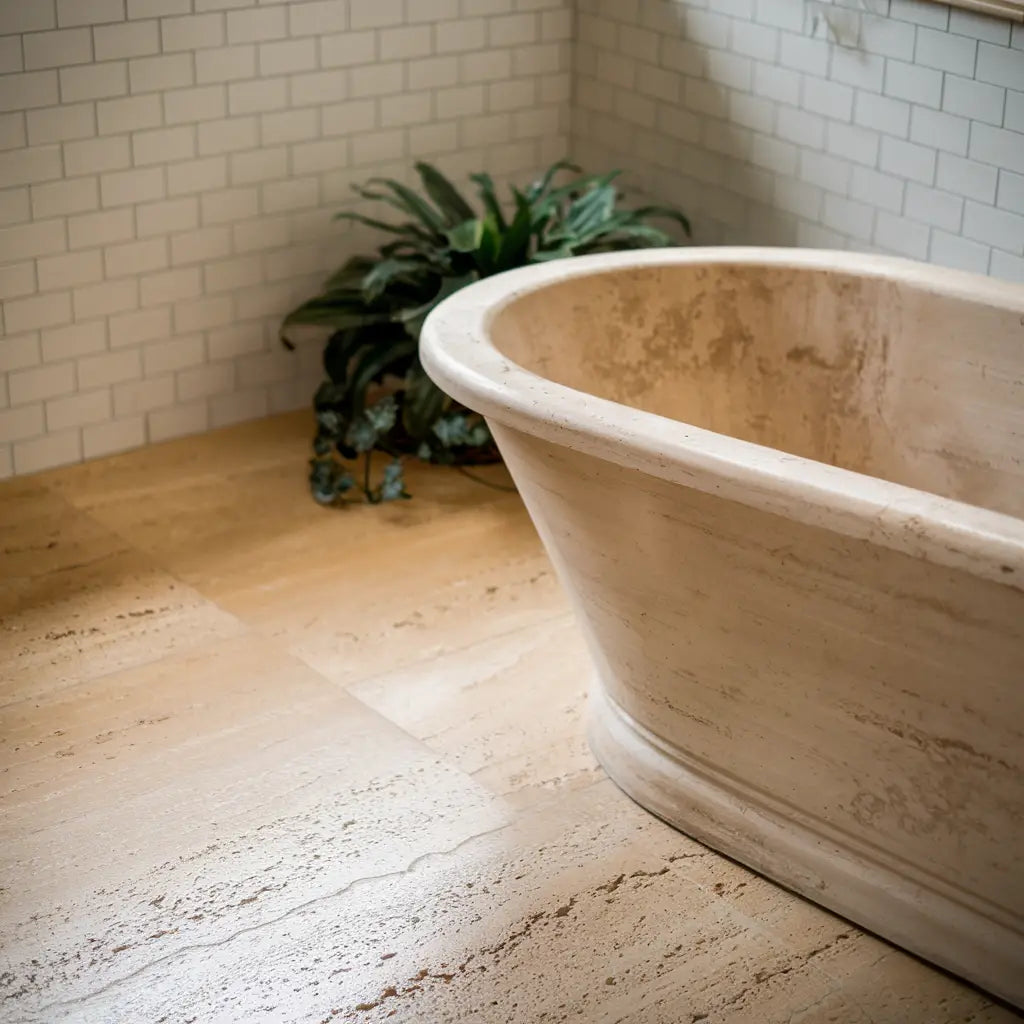 Brushed
Brushed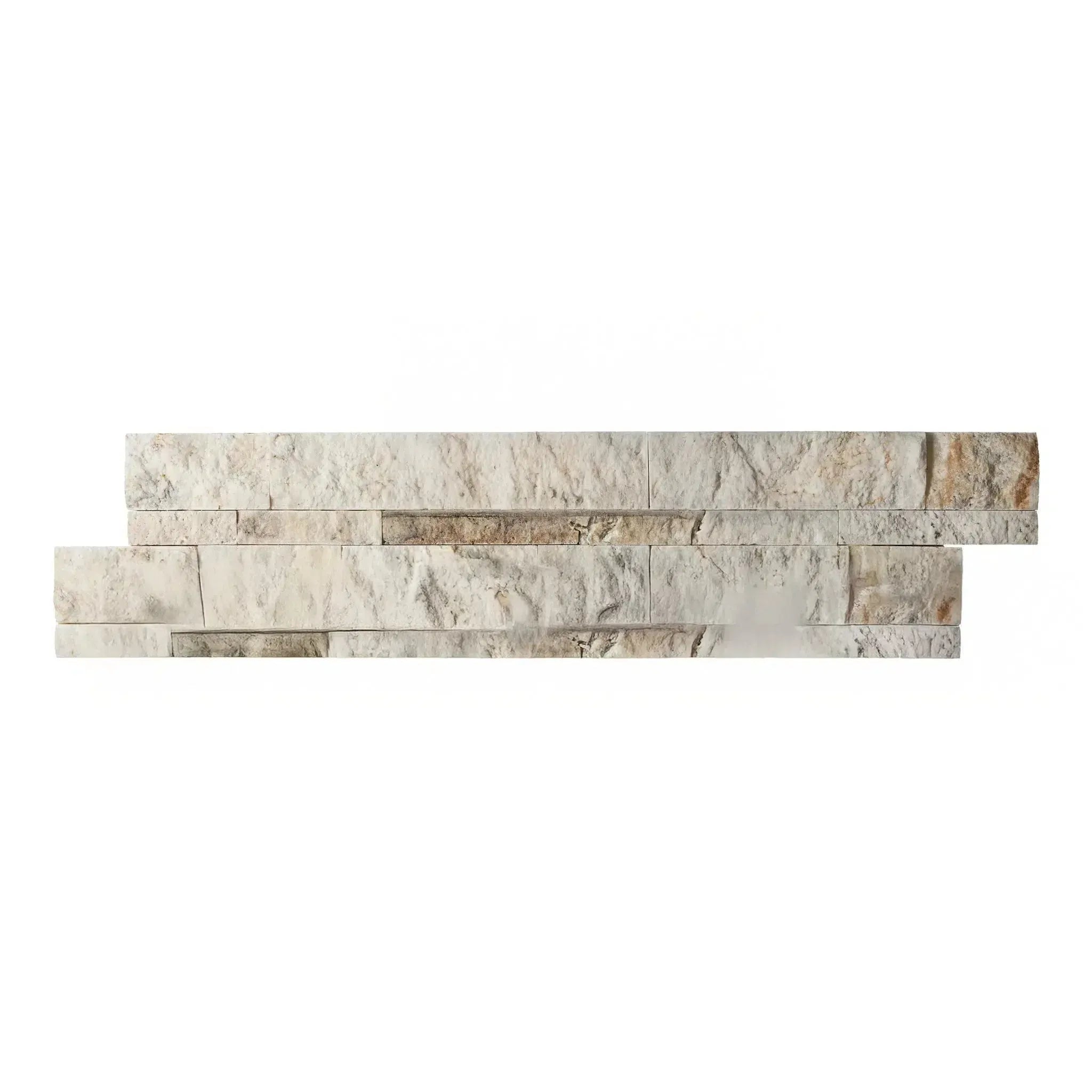 Split Face
Split Face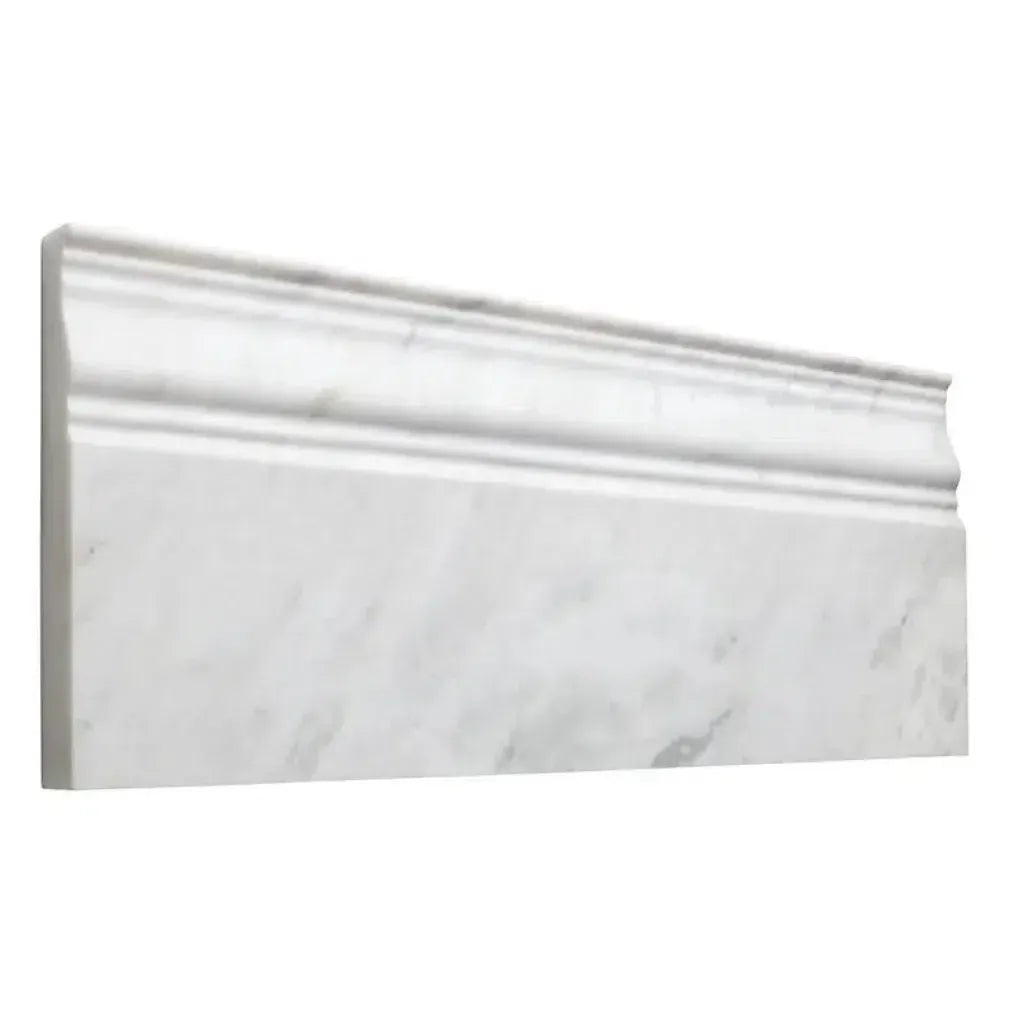 Textured
Textured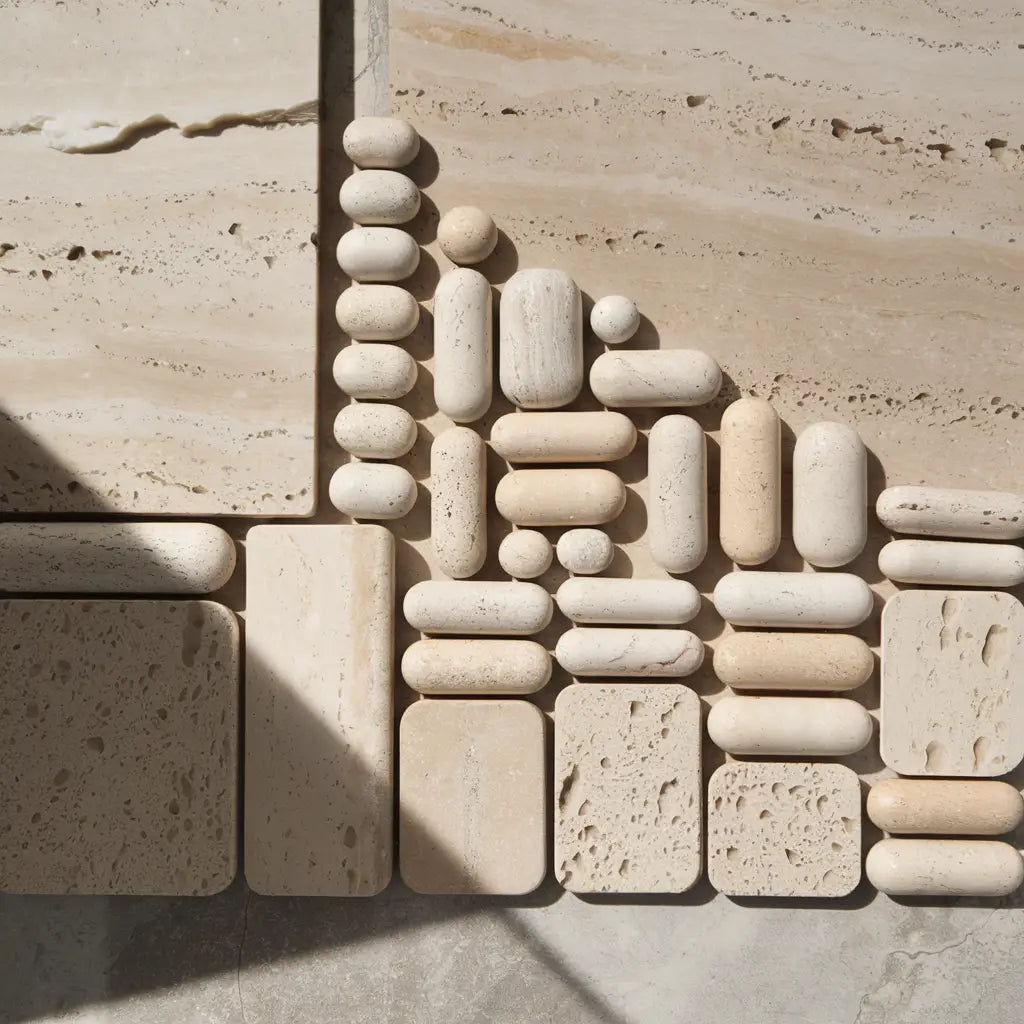 Tumbled
Tumbled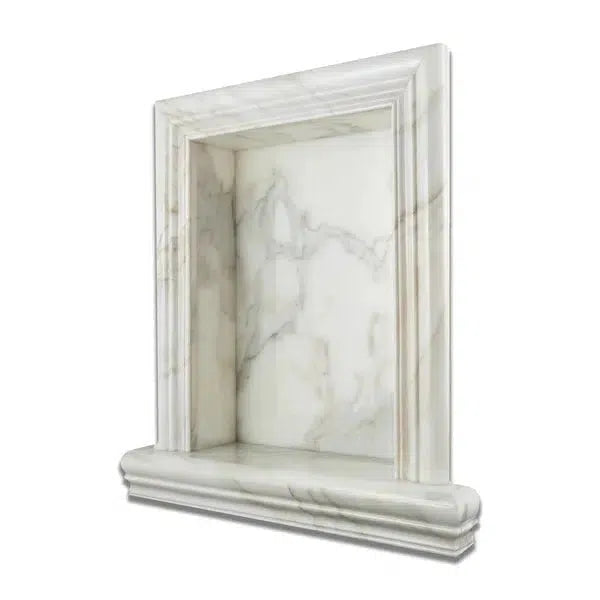 Accessories
Accessories
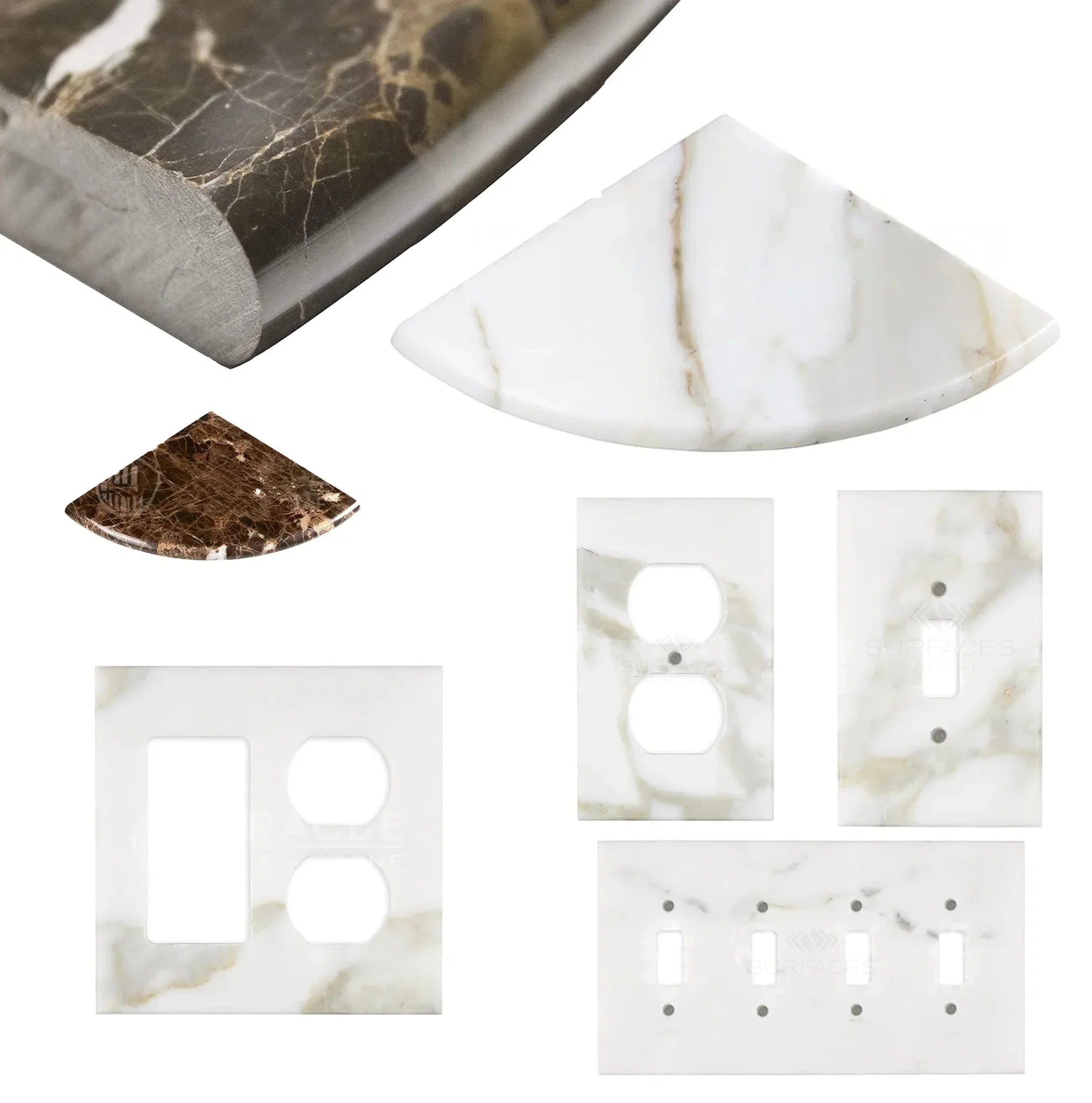 Wall Plate / Switch Plate
Wall Plate / Switch Plate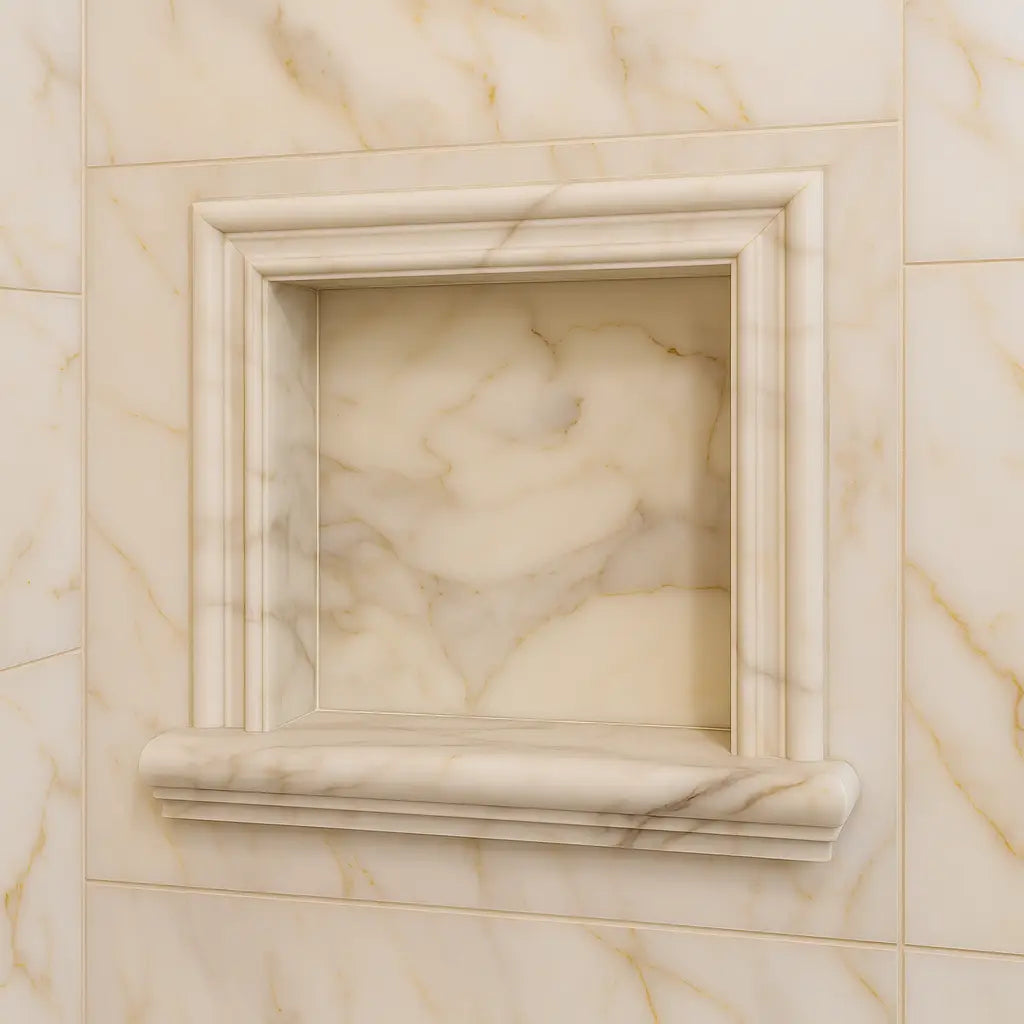 Shampoo Niche
Shampoo Niche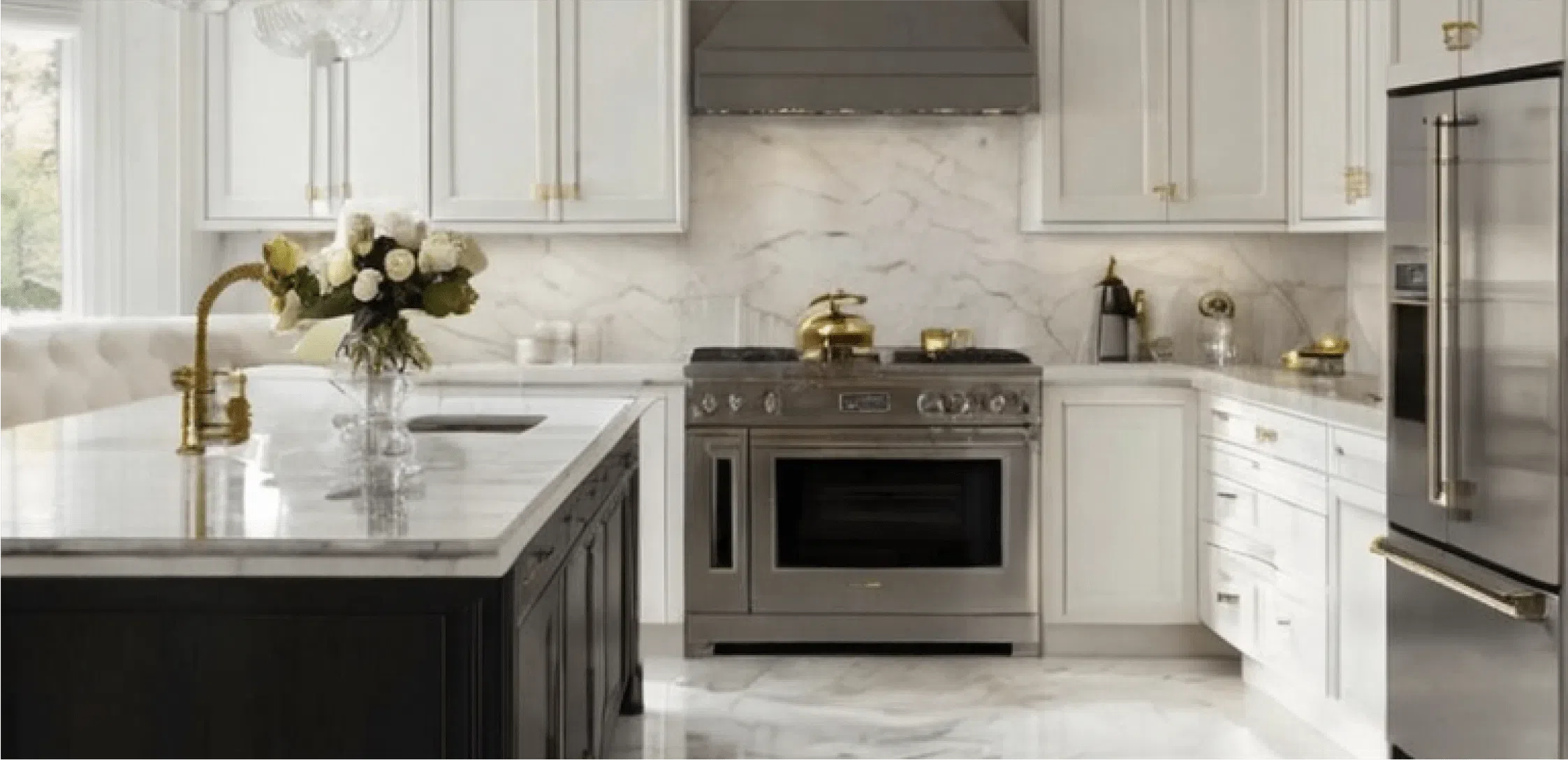 Corner Shelf
Corner Shelf Clearance
Clearance





Comments on this post (1)
https://dolomitemarble.com/
— dolomitemarble